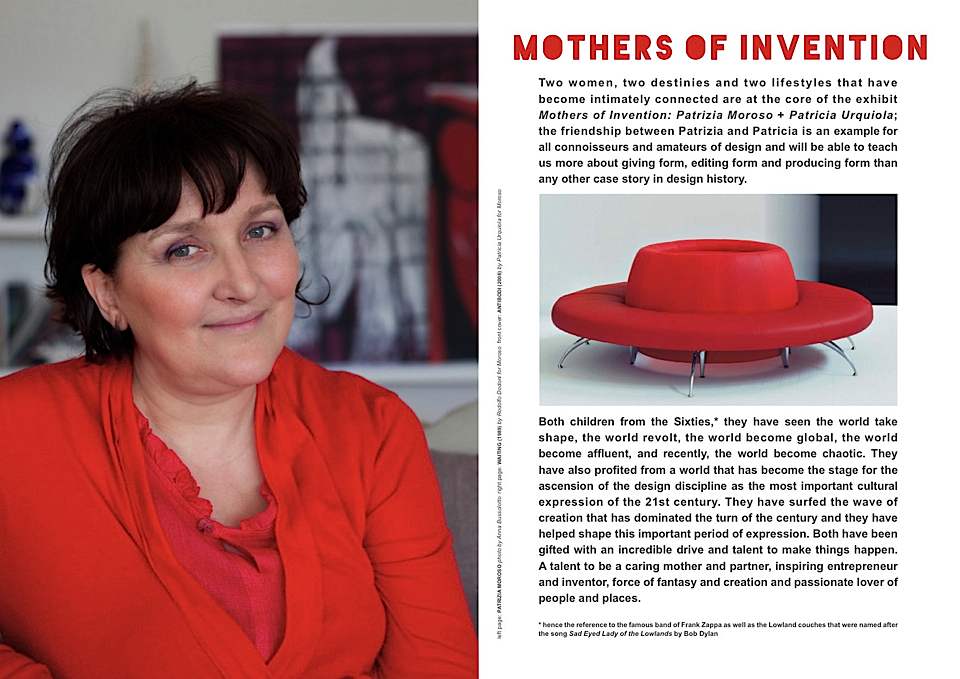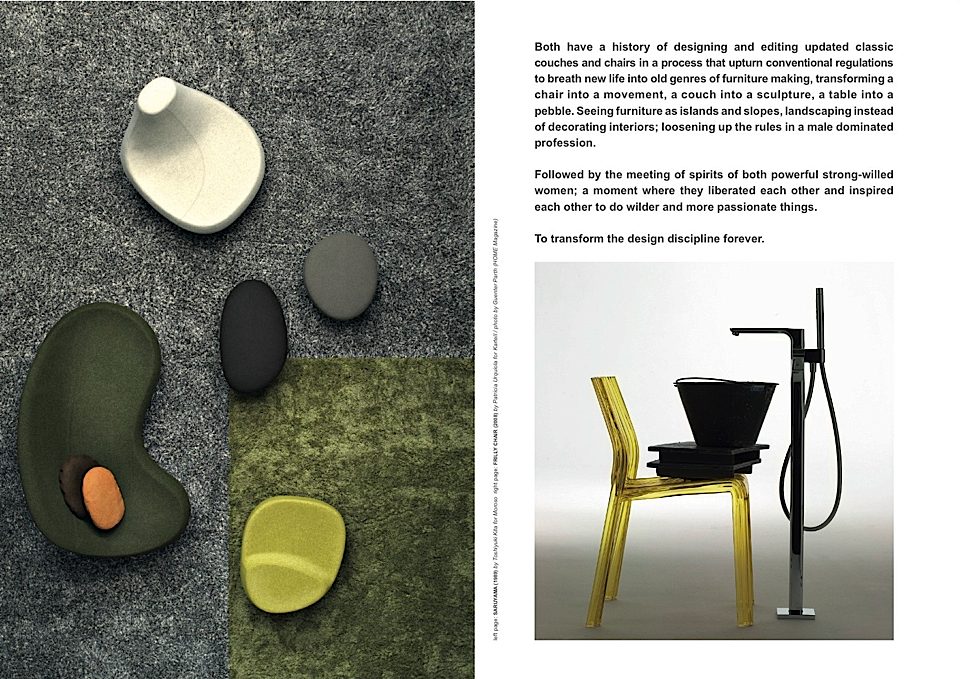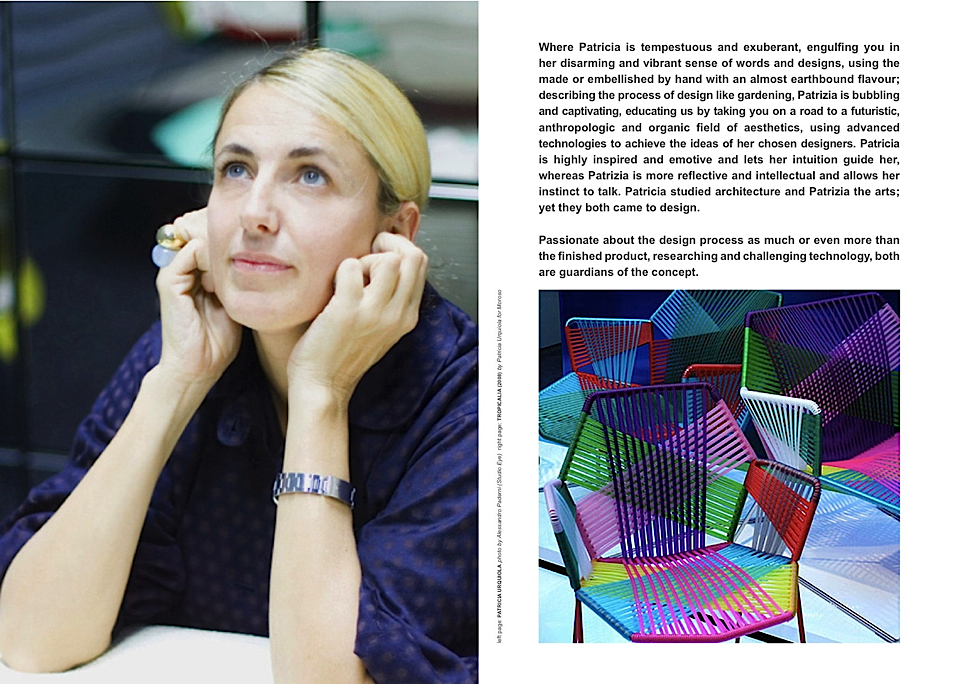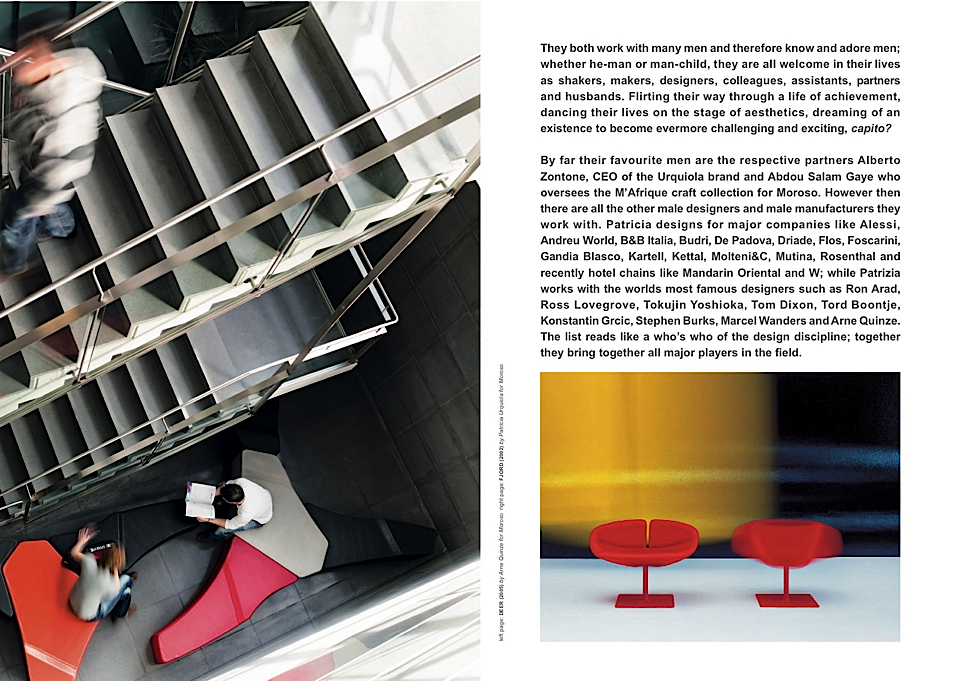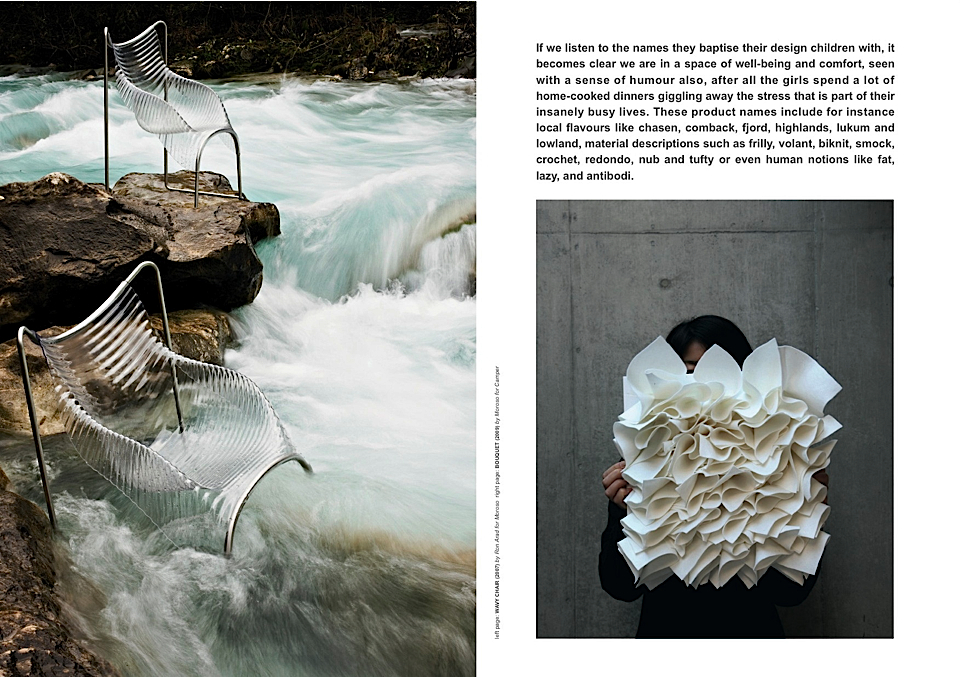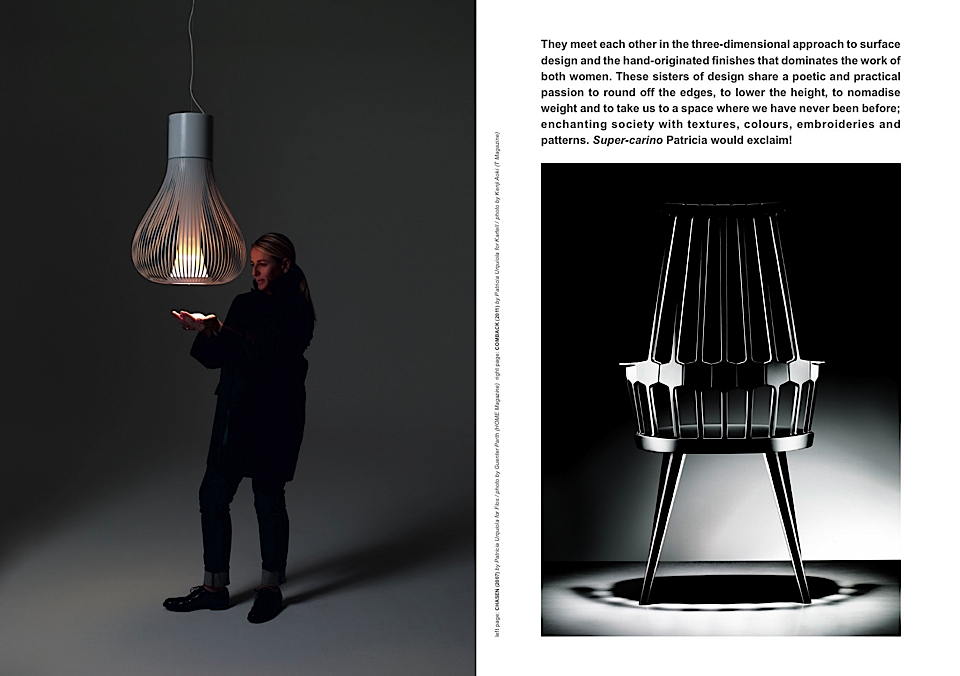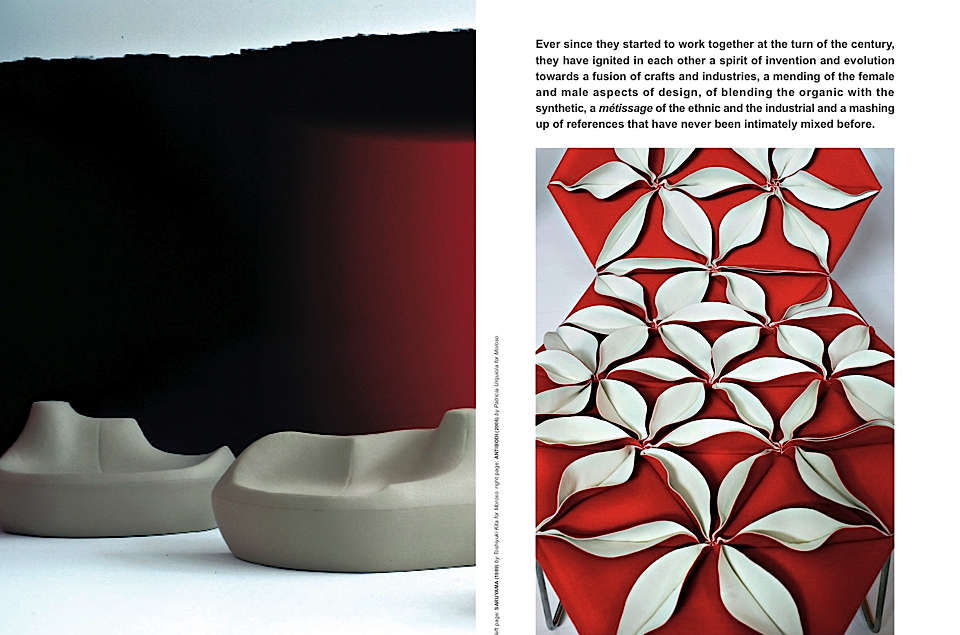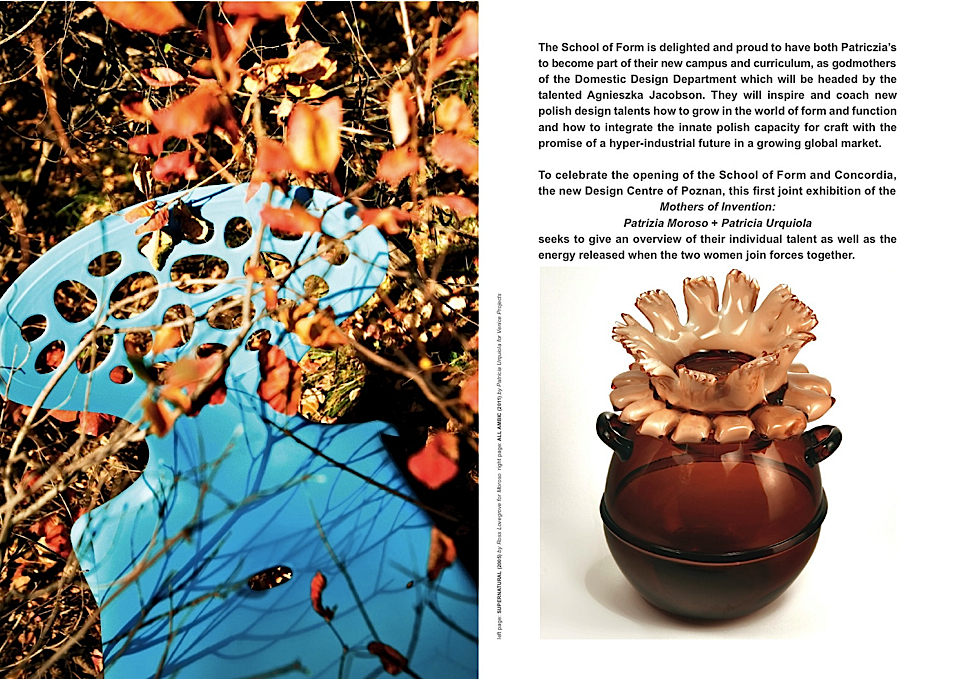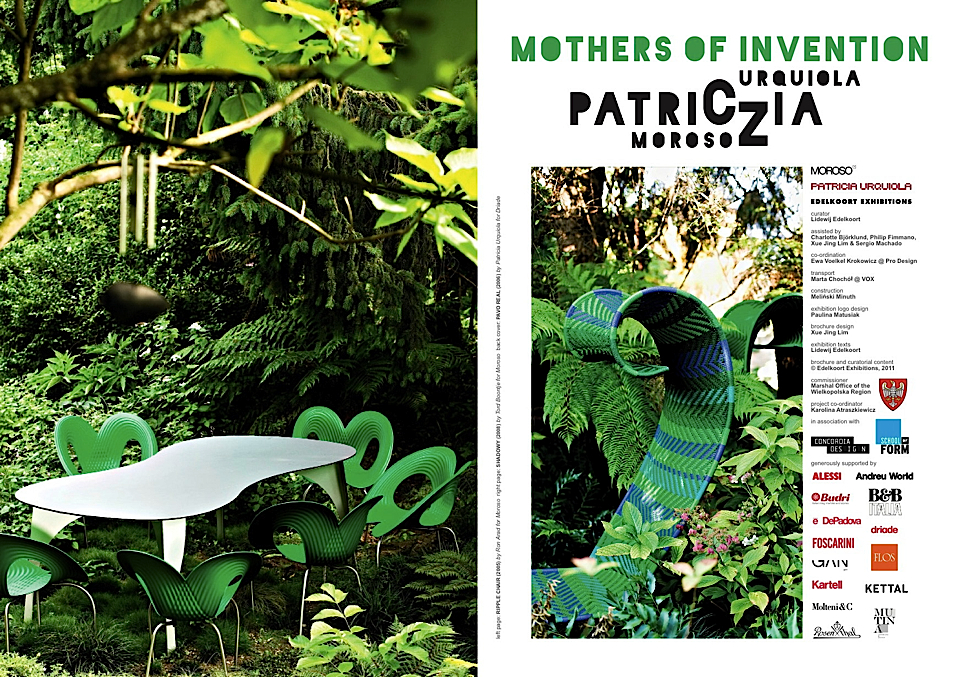SCHOOL OF FORM
olga milczyńska
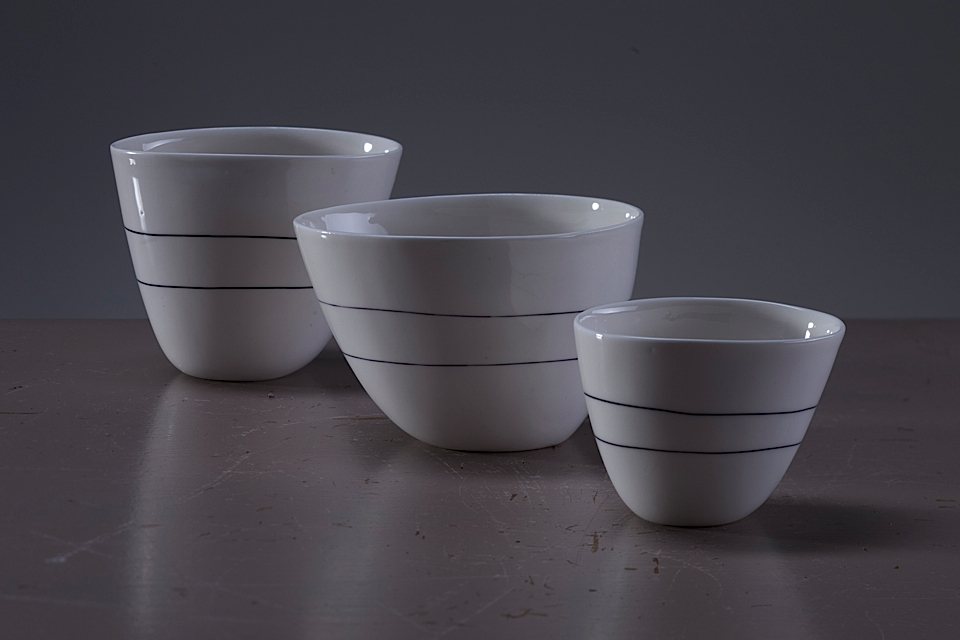
photo by Cezary Hladki
Olga Milczynska, born in 1982 in Poland is a ceramist and a teacher on domestic design at the School of Form, Poznań, Poland. We are happy to present some of her functional pieces as well as four recent art works.
Blue Line, 2013 "This work took up the theme of the limitless nature’s forces. The piece was made during the sculpture festival Nexo Skulpture Park 2013 - its topic was “Edge”. The blue line, painted on the edge line of the seawater, was 400 m long. The piece was made from plaster and natural stain – Prussian blue. During the 4 weeks the work lasted it was constantly washed out by the sea."
Towers, 2012 "In this work, once again, I used bricks; both new ones and those that are sea-weathered. The Towers were made during the sculpture festival – Nexo Skulpture Park 2012/DK. The topic of that year was “Dialogue”. In this case: a dialogue between old and new, nature and culture, destruction and construction."
Time is real, 2011 "The title derives from the philosopher Henri Bergson. He thought that, time is more than just a mathematic scheme, most of all an individual experience. In the beginning I collected all sorts of abandoned and thrown away ceramics; both construction material and the more fragile porcelain pieces. I then realized that there was a connection between them. It lies in the knowledge of ceramic craft, passed on through generations. My work, at the same time, is a part of this long and fascinating tradition. The heritage of craft practitioners became my very own."
Particular wave, 2010 "I have been collecting sea-weathered bricks, industrial waste from the beaches and trash heaps along the shore of Bornholm. Bricks carry their own history- thrown away and changed over time. The brick breaks down into smaller and smaller particles. The pattern repeats the rhythm of the waves, seen through the exhibition space windows. The gallery building, in former times, was used to crush stones from the nearby quarry."
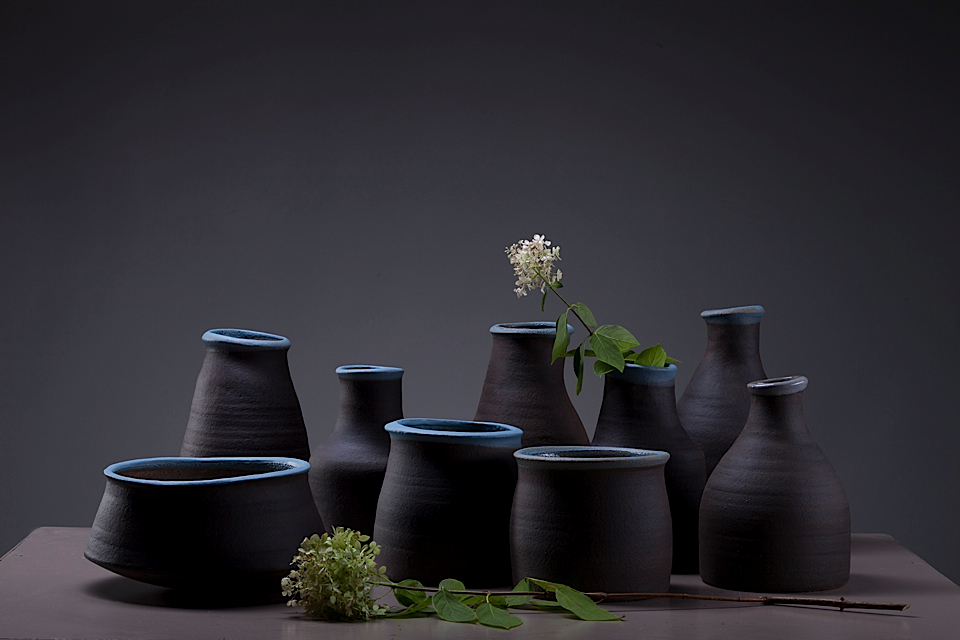
photo by Cezary Hladki
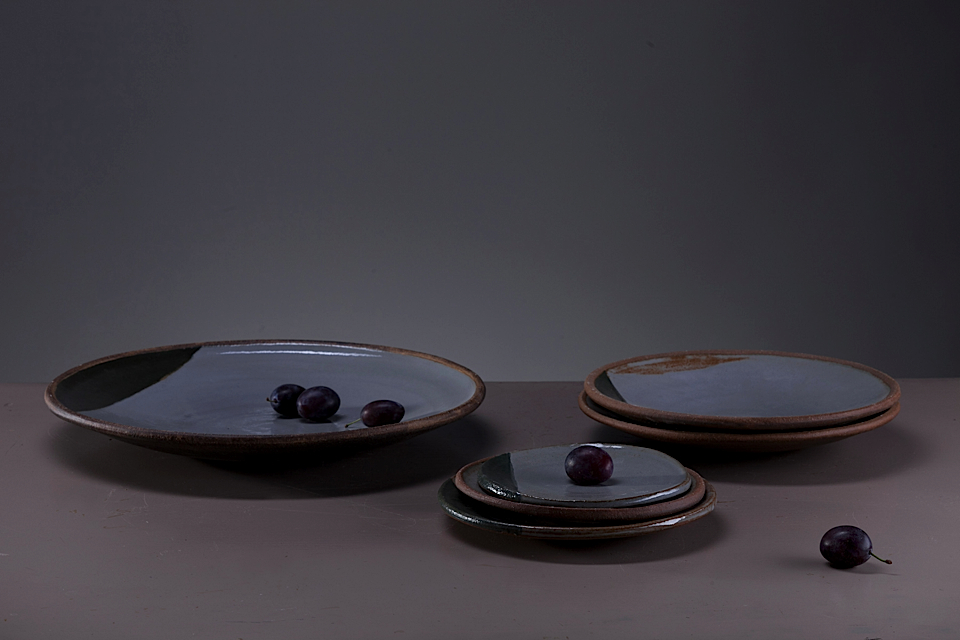
photo by Cezary Hladki
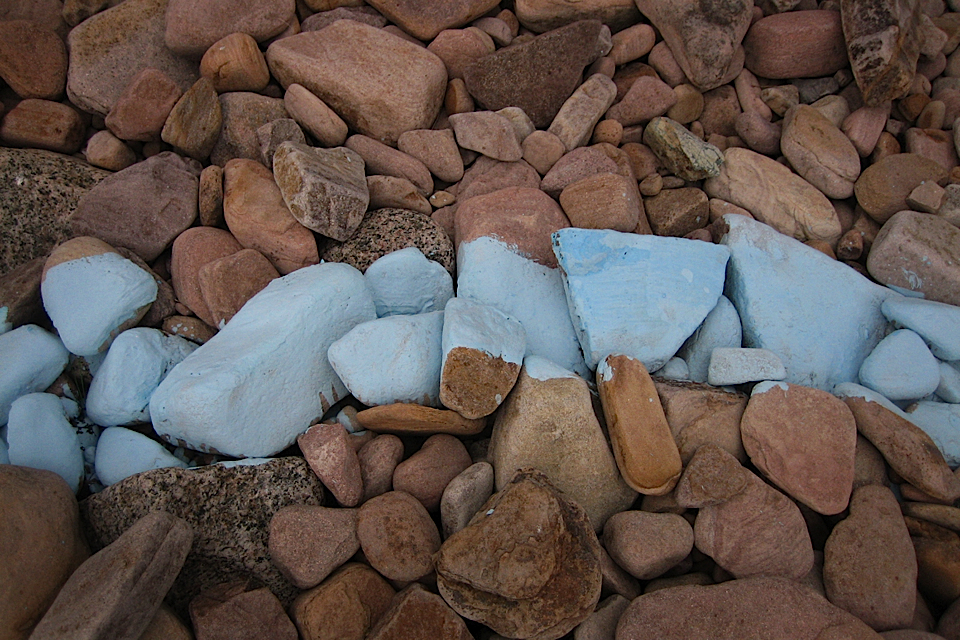
Blue Line, 2013
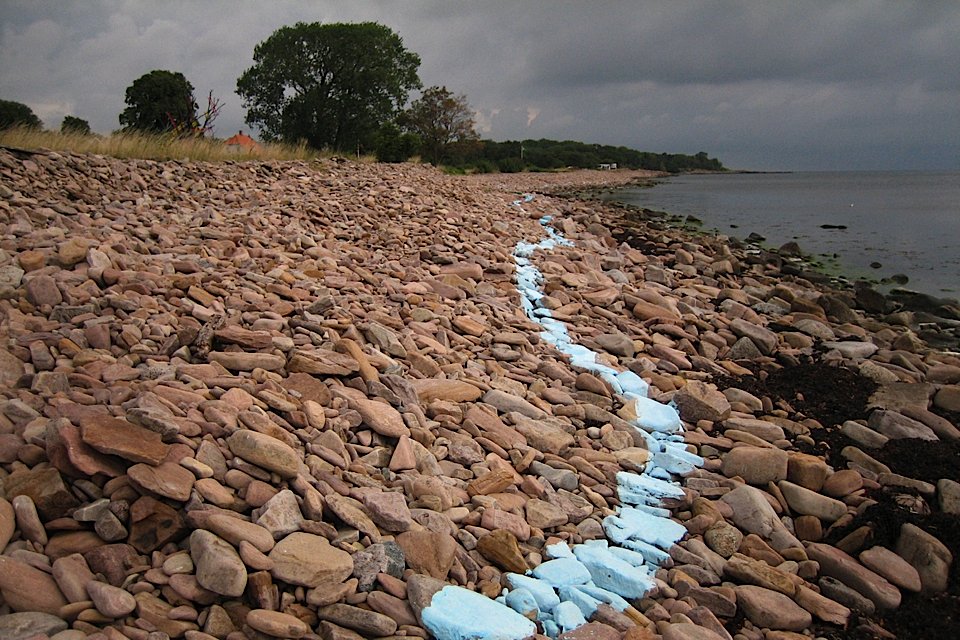
Blue Line, 2013

Towers, 2012
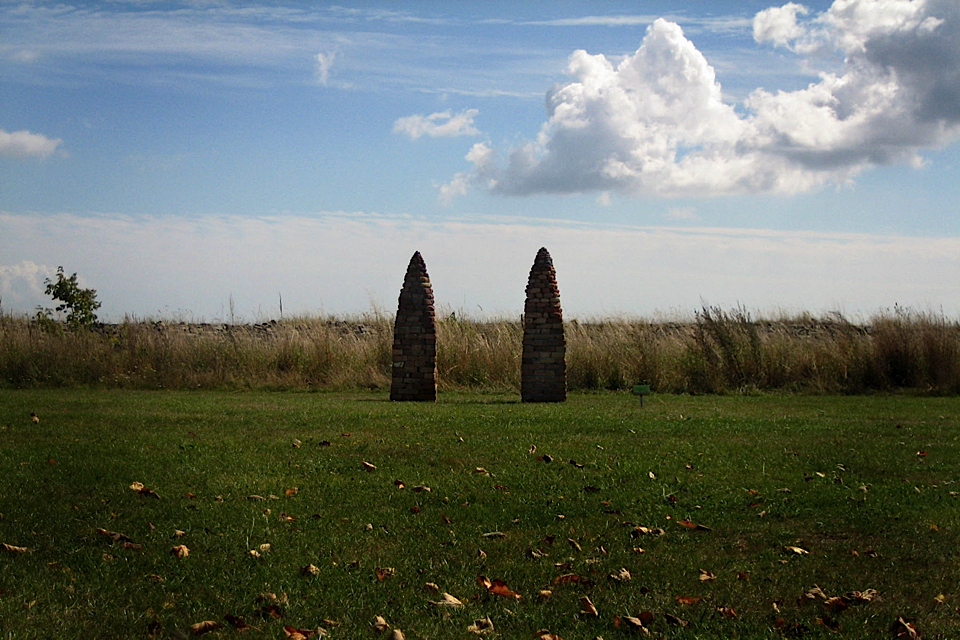
Towers, 2012
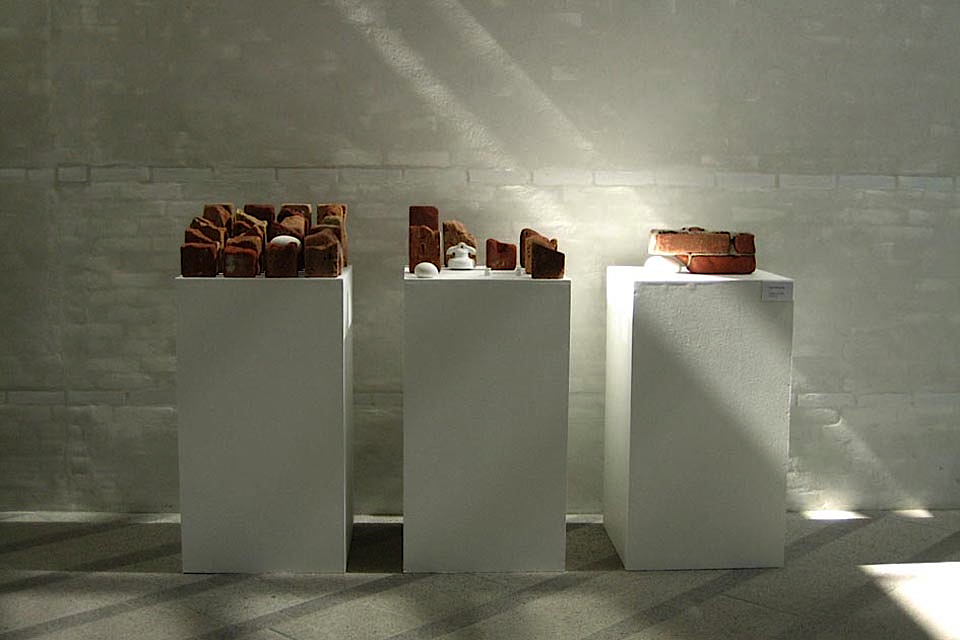
Time is real, 2011
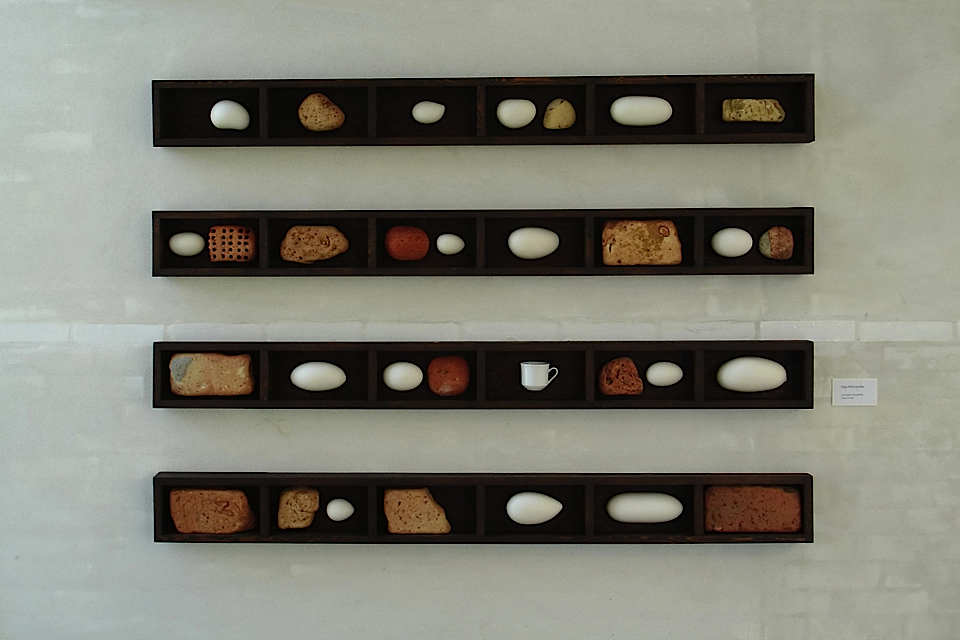
Time is real, 2011
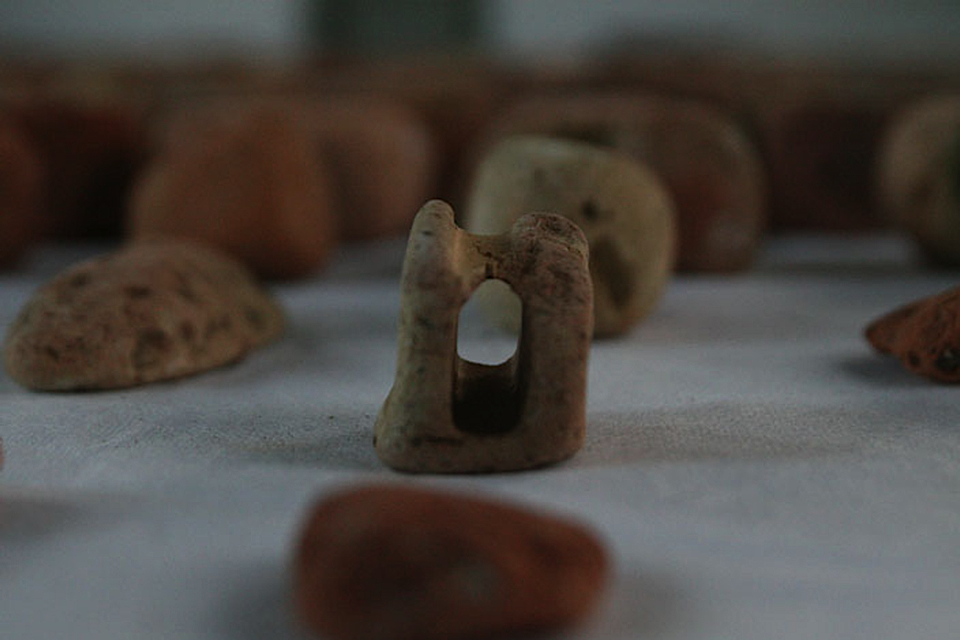
Particular wave, 2010
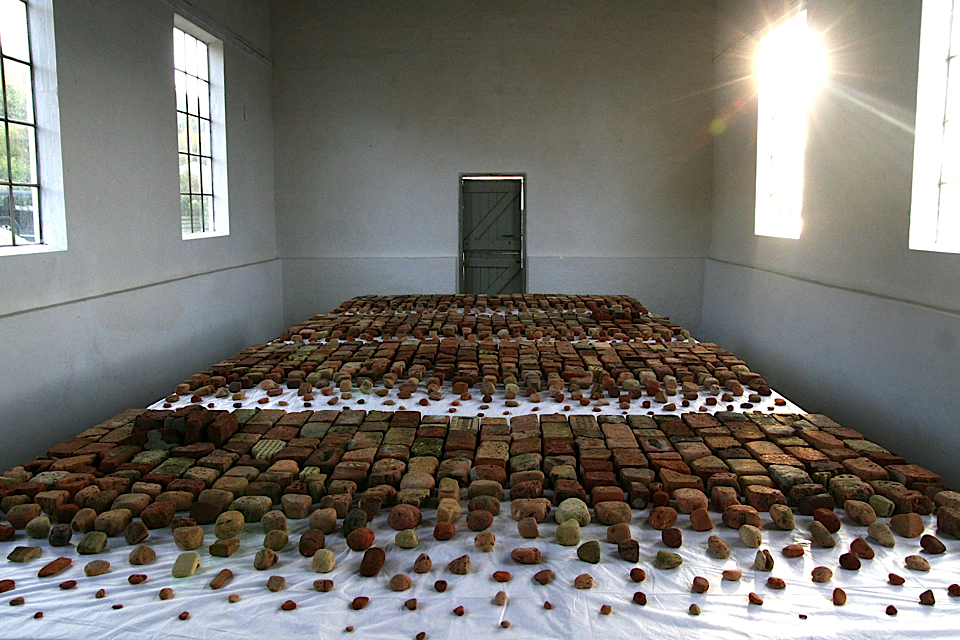
Particular wave, 2010

Particular wave, 2010
the art food project
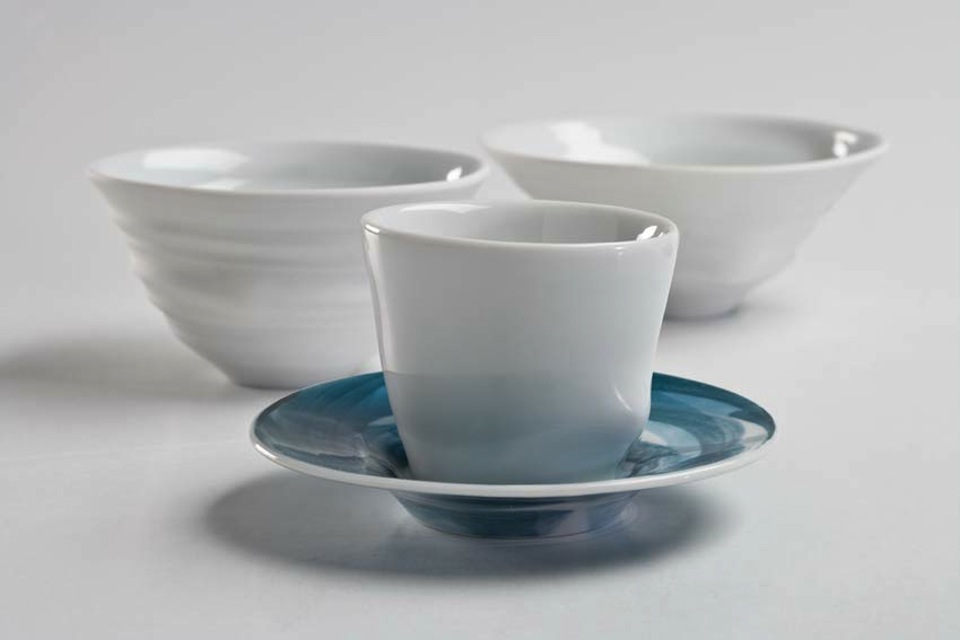
Andrew Deem Haptic
The culinary art engages various senses. Apart from taste and smell, it also concerns sight and touch. Why do various types of pasta taste different with the same sauce? Those which are served in a bowl taste different from those served on a plate. We also think differently about food which is presented beautifully, in a ‘spacious’ manner, or when it is cluttered on a small vessel. The shape affects the taste of what we eat. The shape also affects the way we eat.
The Art Food project concentrates on such nuances: the relationships between form and taste, form and gesture, form and intention. The students of Domestic Design at the School of Form were occupied with this topic for the whole semester of the second year of their studies. They were investigating and discussing the topic with the anthropologist dr Ewa Klekot, the renowned chef Wojciech Amaro, who was the first Pole to receive a Michelin star, as well as designers and organizers of mass events. They also took under scrutiny human behaviors as well as forms created by nature. They asked questions and observed.
At the same time, supervised by Marek Cecula, who led the project, together with Olga Milczynska and Arek Szwed from our ceramics studio, they were exploring the art of ceramics: form, porcelain molding and firing. Their task was to create a form of a pure beauty which would inspire the chef to prepare a dish dedicated for this vessel.
A whole new journey has started when they got to the conclusions of their practical and theoretical research and formed the prototypes of the “food carriers”.
The students from School of Form, together with their peers from the Royal College of Art (six people from each school) spent three weeks of July in the Ćmielów Porcelain Factory - the oldest fine porcelain manufacturer in Poland, established in 1790.
They learnt how to adjust their ideas to the requirements of mass production. They began a difficult process leading from an idea atv accessories to a product.
Not many factories decide to take up such experiments, and not many students get the chance to participate in them. Still, it is a rare occasion to find a producer working together with a designer, striving to achieve the best possible effect, that would satisfy both parties.
Those 12 students, at the verge of their career as designers, had a chance to learn how to ask important questions. The Polish Porcelain Factories in Ćmielów acted without precedent, opening the Ćmielów Design Studio under the leadership of Marek Cecula. We hope that this idea turns out to be contagious.
The students from Poland and England spent together three weeks in Ćmielów.
We do not know what will happen next. How many of them will continue to explore the field of ceramics, or how many will become designers. Even if their fate will lead them to a different field, there is one thing that will remain: the experience of friendship and cooperation, the exchange of knowledge, emotions and skills.
This is yet another side of this project, who knows, if not the most valuable ...
The products created in the Art Food project were presented in July at Concordia Design in Poznań, Poland.
They will be presented again during the London Design Festival 14-22 September, and during Łódź Design Festival, 17 - 27 October in Łódź, Poland.
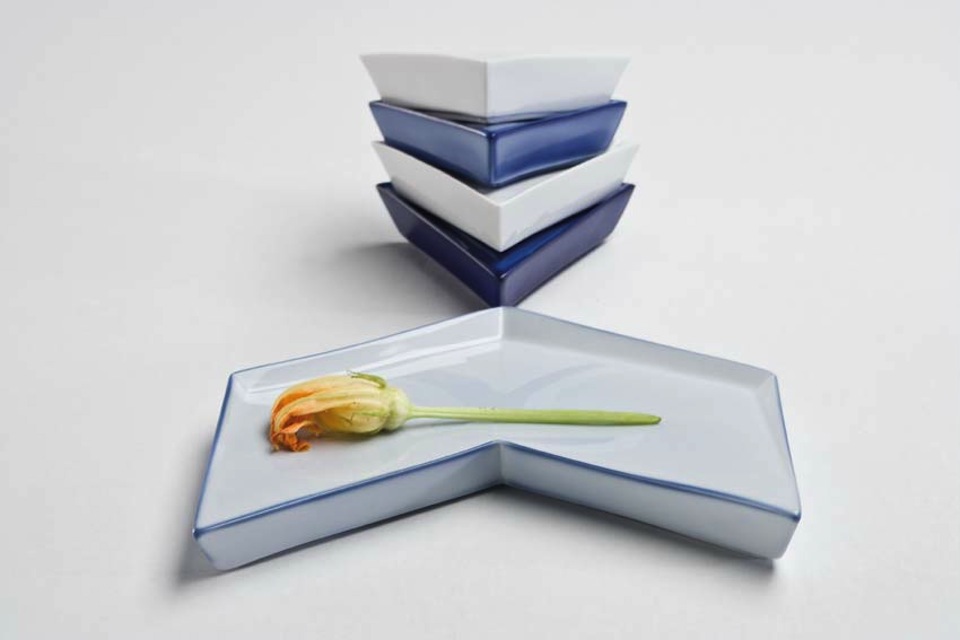
Rachel Cox Tessella
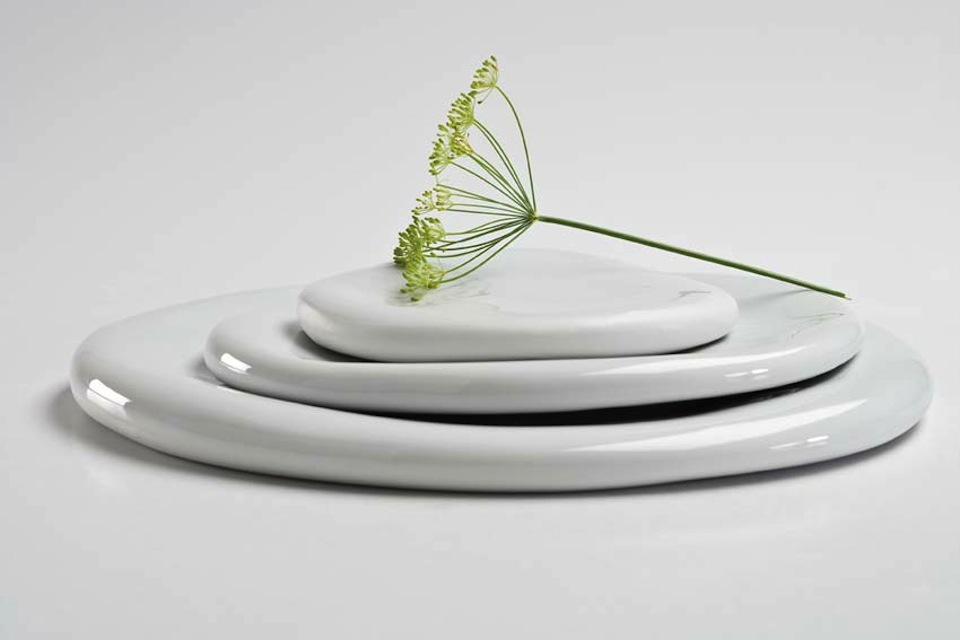
Tosia Kilis - Bamm Bamm
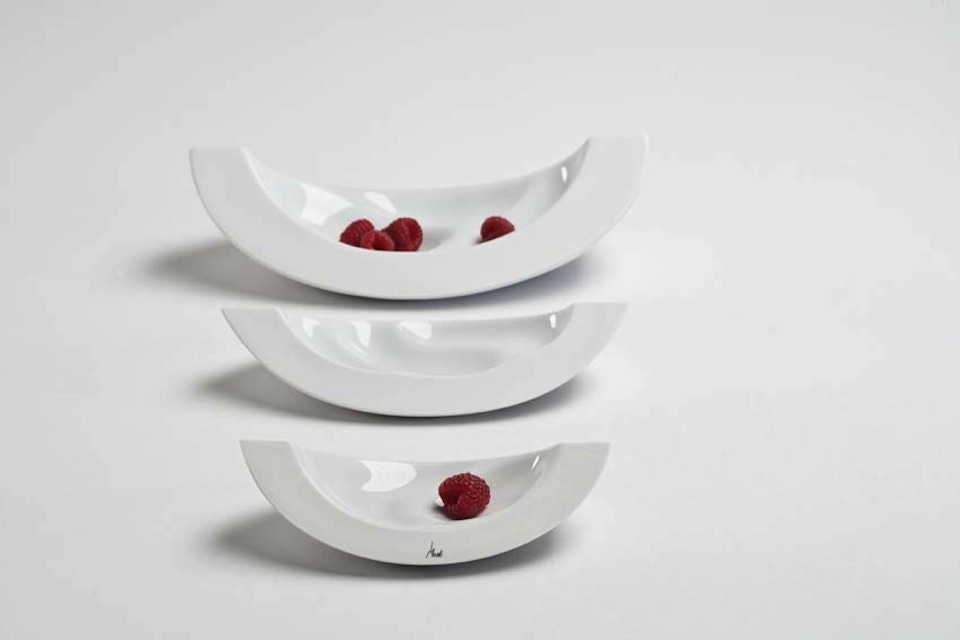
Paulina Masternak - Aril

Marta Szostek - ZùOM

Marta Szostek - ZùOM
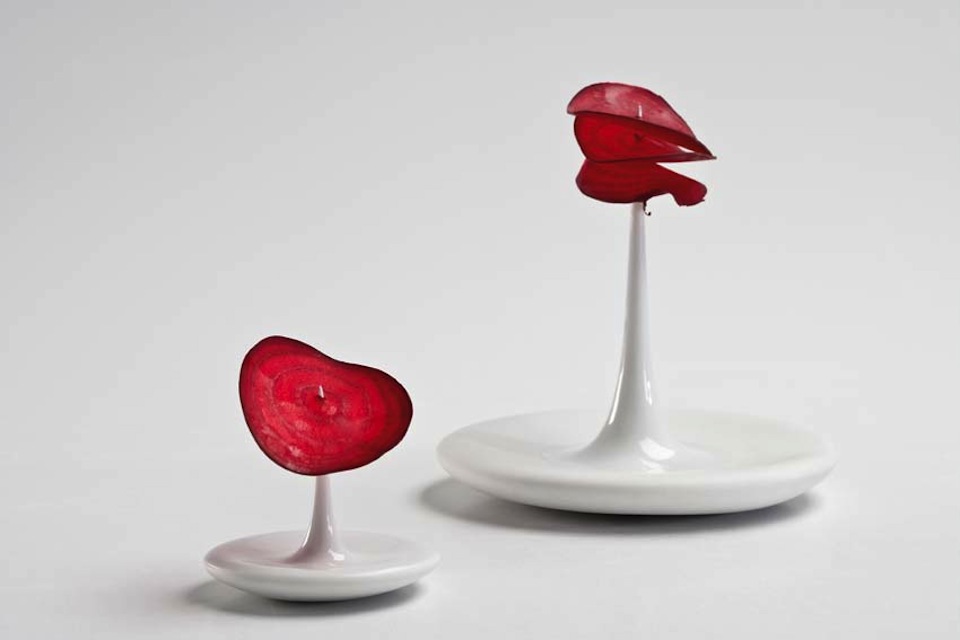
Landon Peck - Amuse
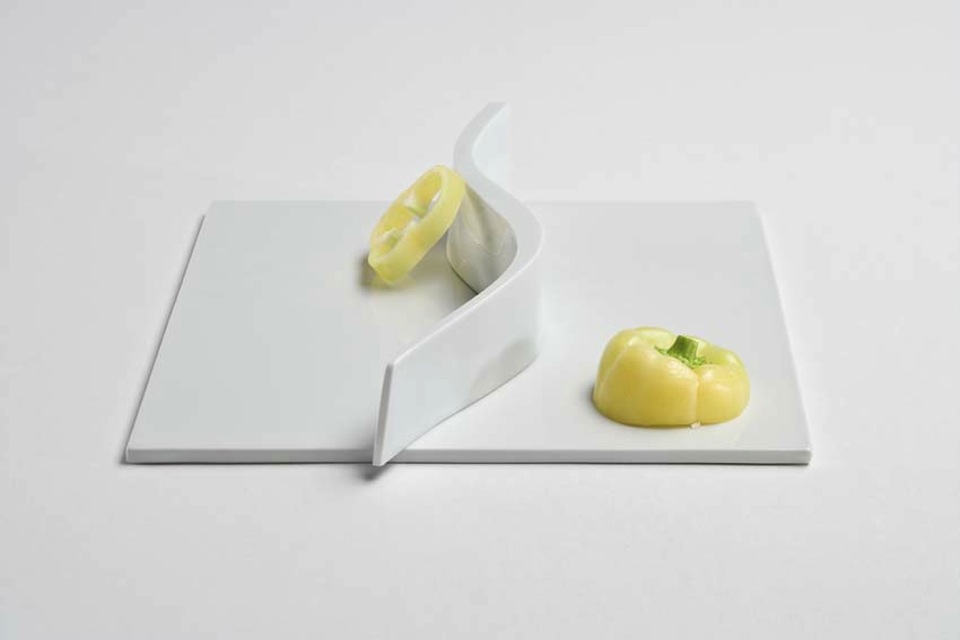
Karolina Rybak - Ribbon
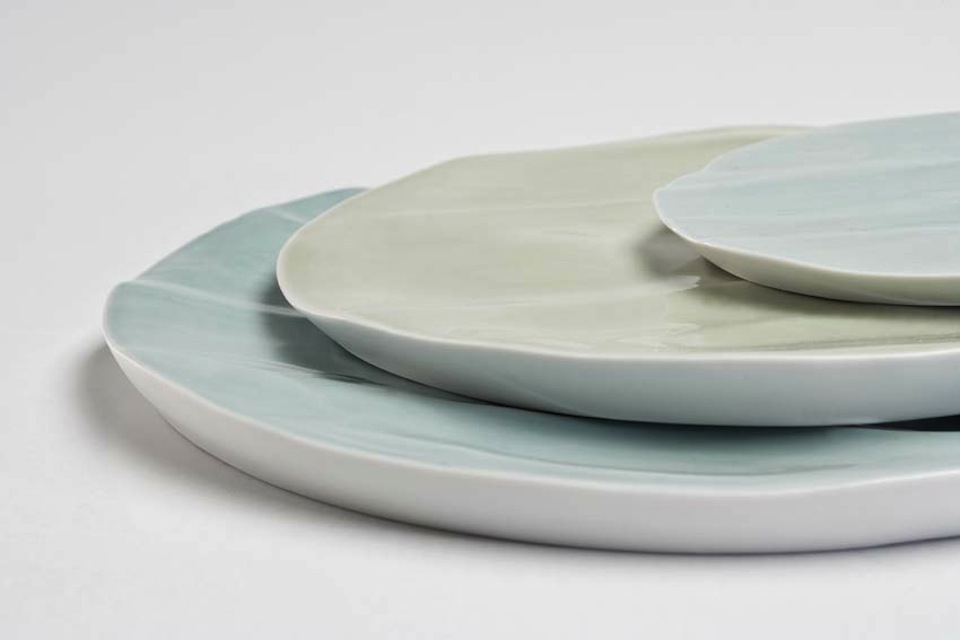
I Liang Liu - Origin
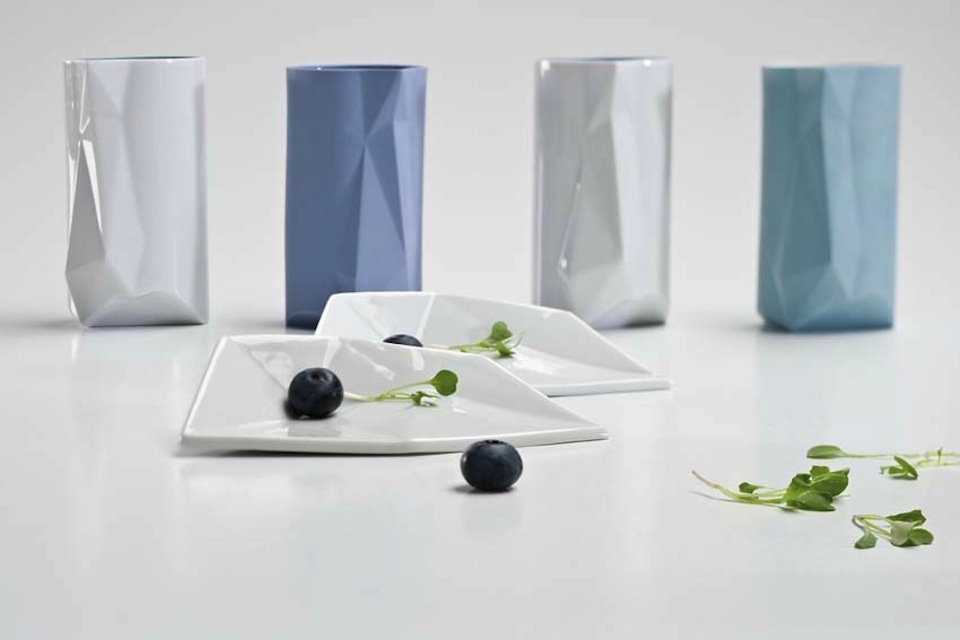
Ewelina Wisniowska - Euclid
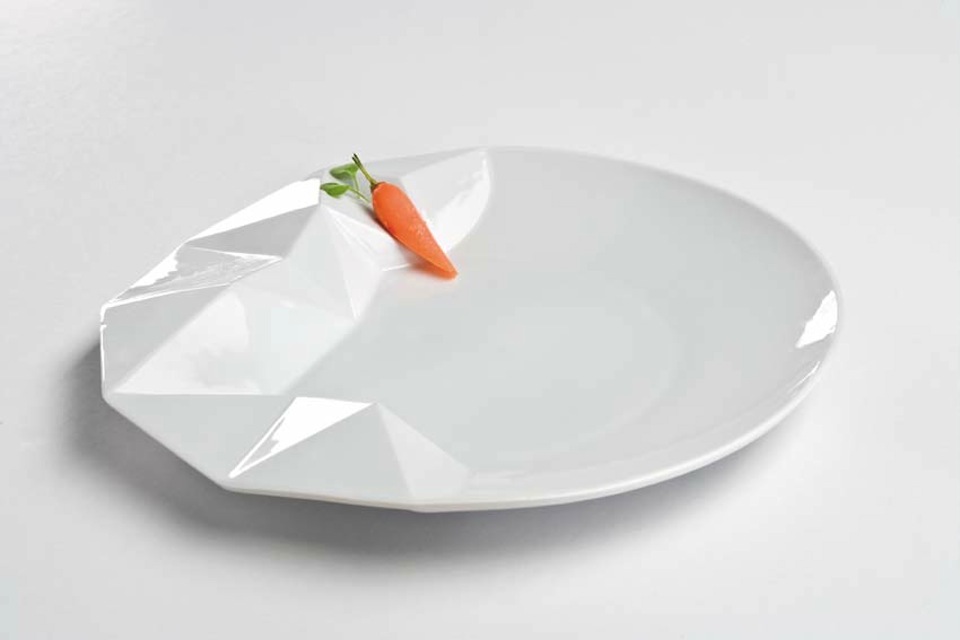
Ewelina Wisniowska - Euclid
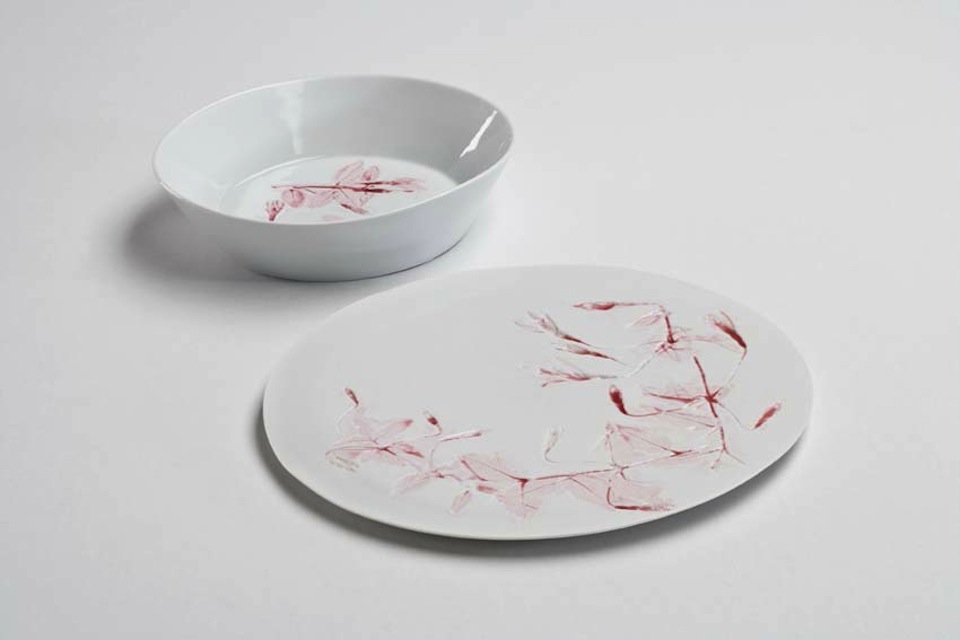
Emma Finch - Kensington Gardens
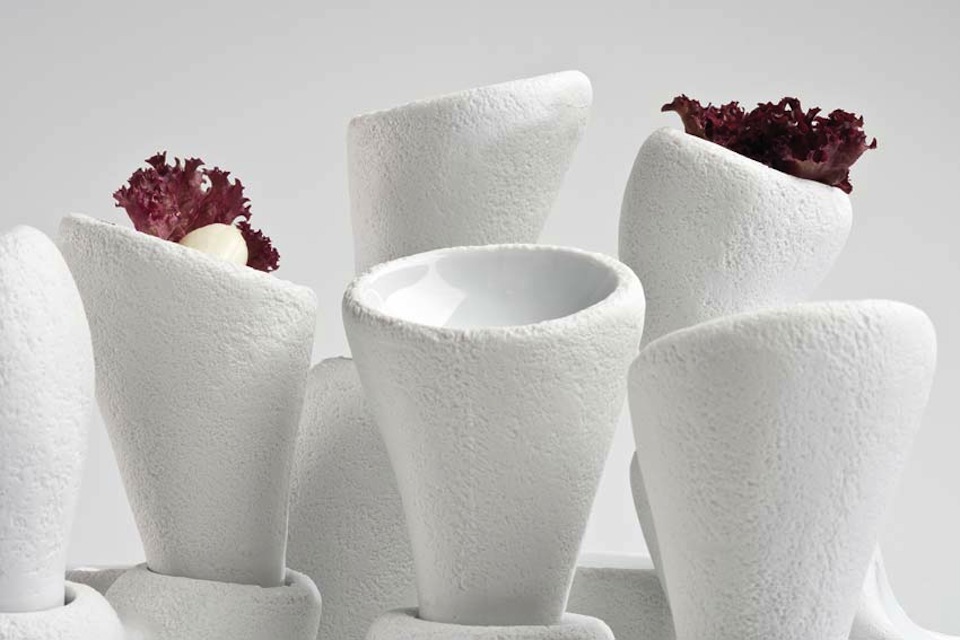
Dorota Mostowiak - Coral
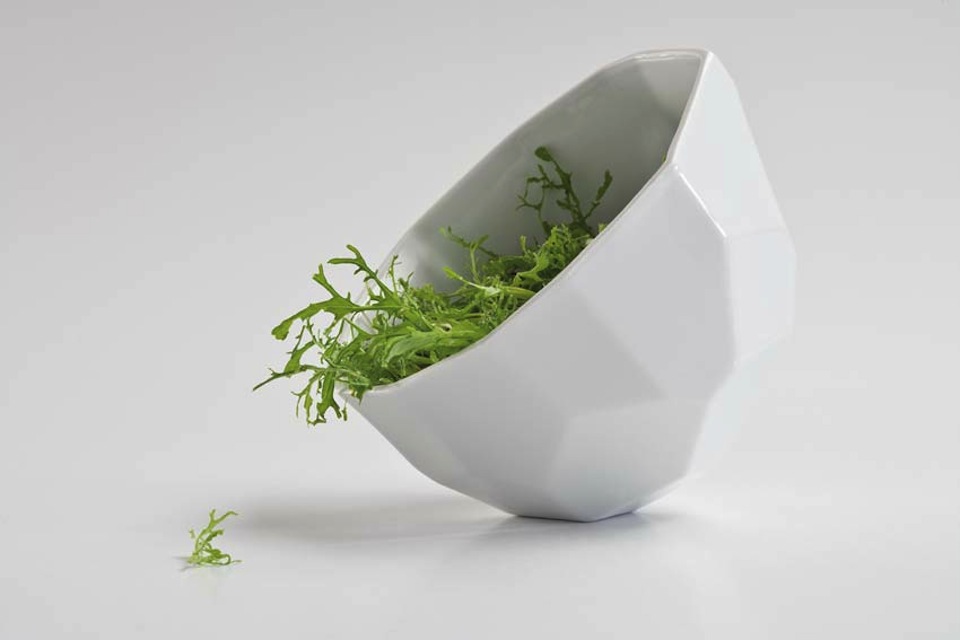
Dominika B´dziak - LID and DIL
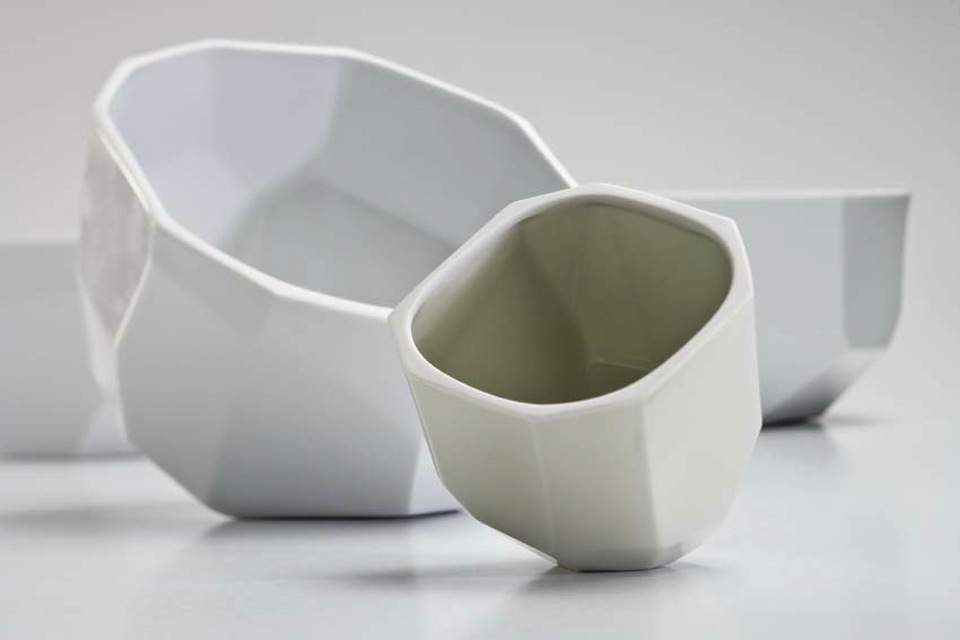
Dominika B´dziak - LID and DIL
first projects
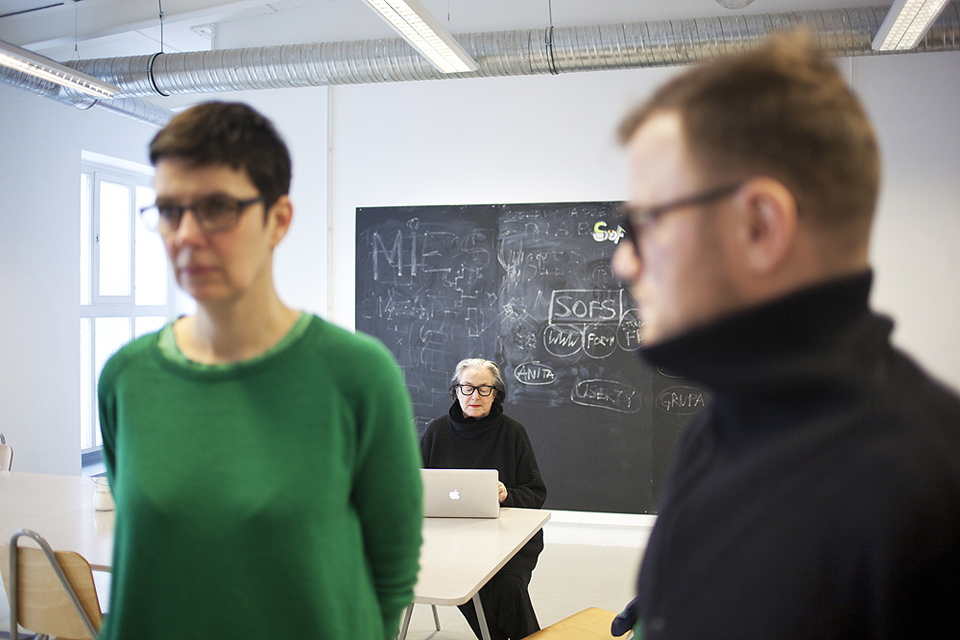
The School of Form is a newly established international academy of design located in Poznan, Poland, which accepted its first 125 students in October 2011. The program of full-time studies lasts 4 years and graduates receive a Bachelor’s Degree In Design, awarded by the Warsaw School of Social Studies and Humanities.
The students are not yet divided in their respective specializations: currently they are focussing on each subject for a period of 6 weeks, to get an initial understanding of the different fields of research, the professors, the way of working and more. In the second year, students can choose one of the design specializations and the humanities subjects that they will study throughout the remaining 3 years.
The degree is based upon the idea of linking design to the humanities as an answer to social progress.The school’s unique curriculum was prepared by a team of experts presided over by Lidewij Edelkoort – executive director and mentor of the School of Form.
This curriculum is intended to stimulate students, to encourage curiosity and to broaden the scope of their minds as much as possible, thus making them successful designers of the future. Graduates will be innovative and sensitive, both artistically and socially.
All photos by Tomasz Wiech
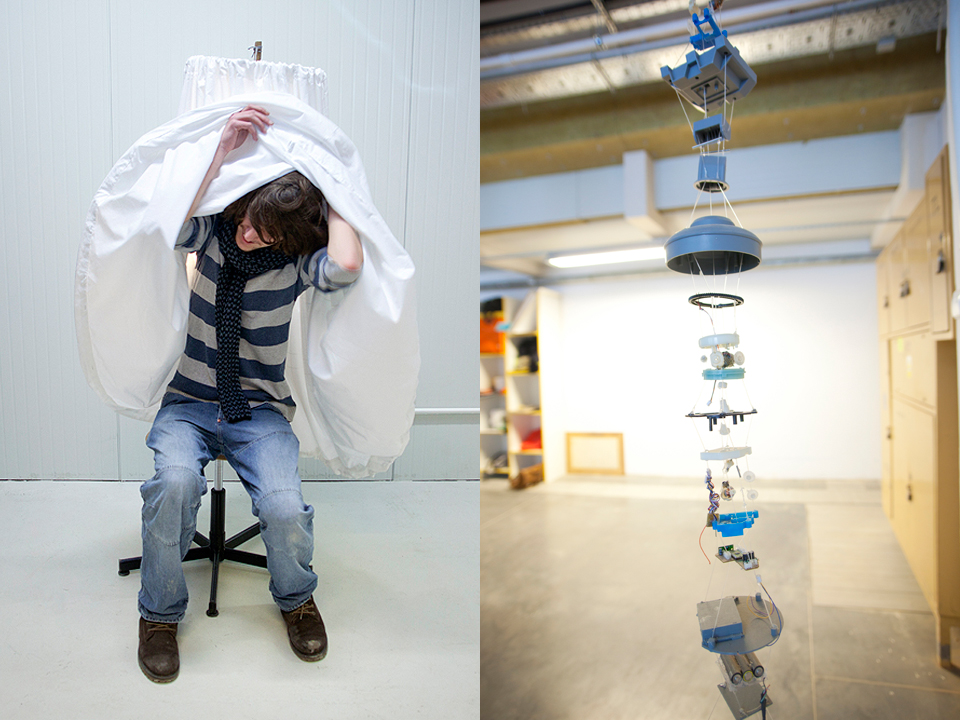
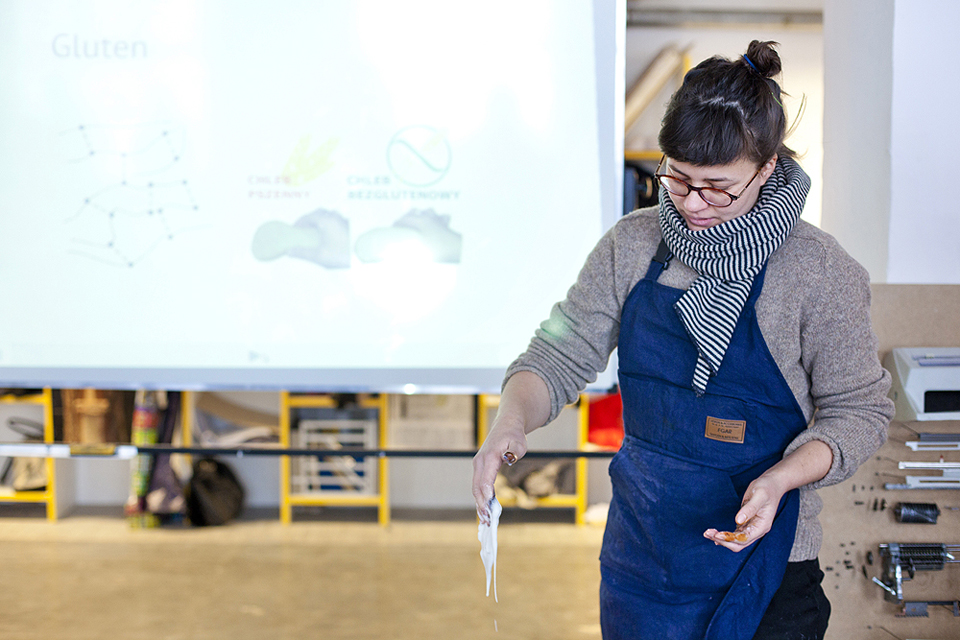
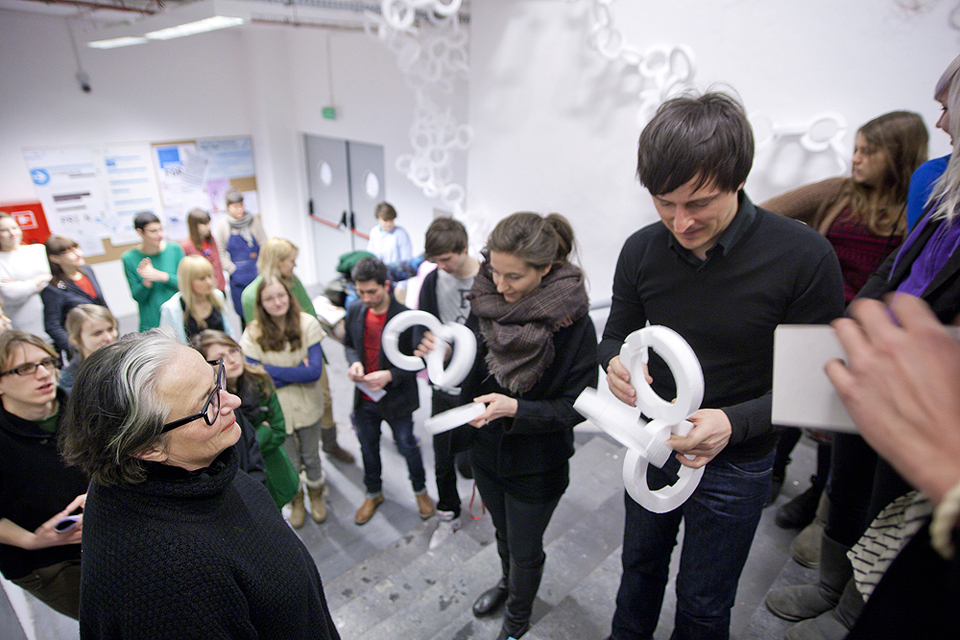
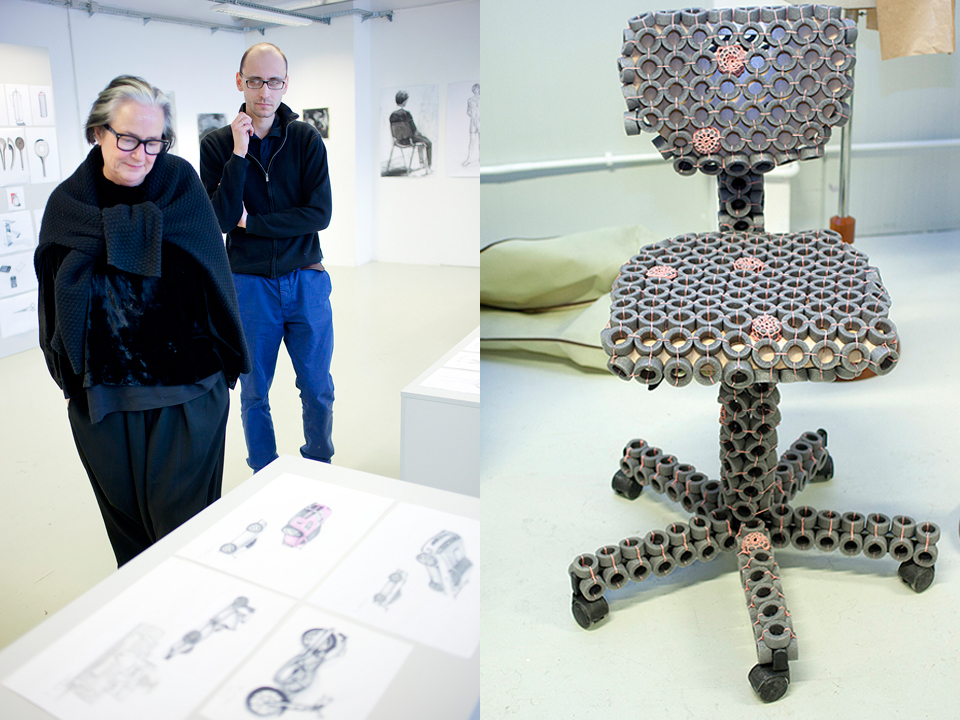
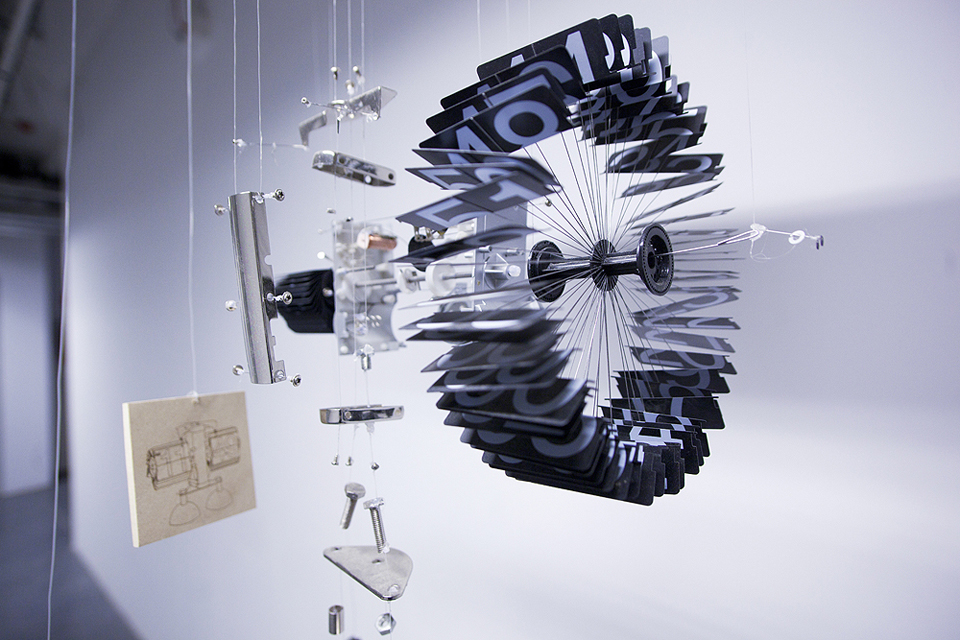
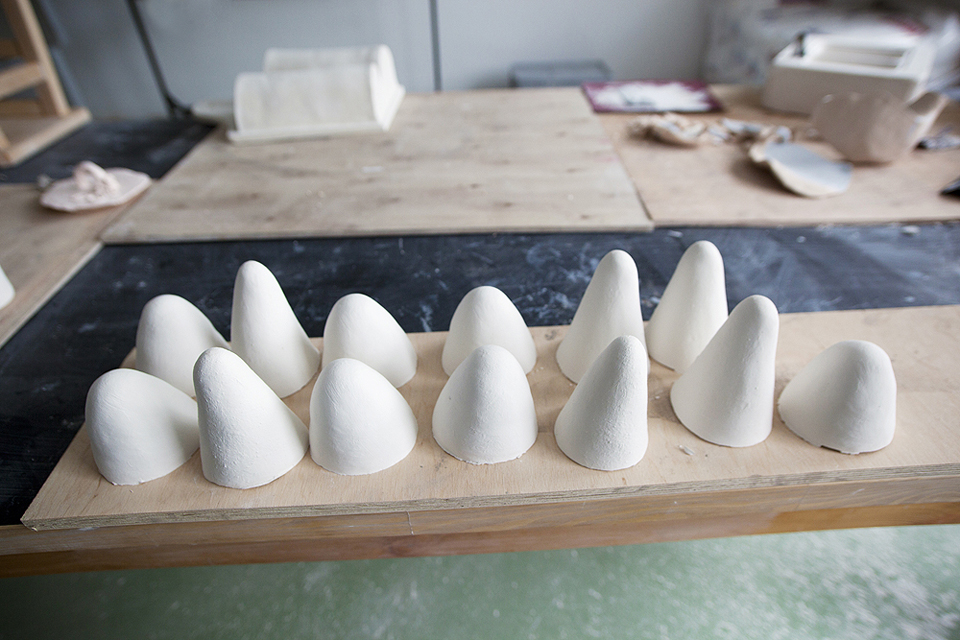
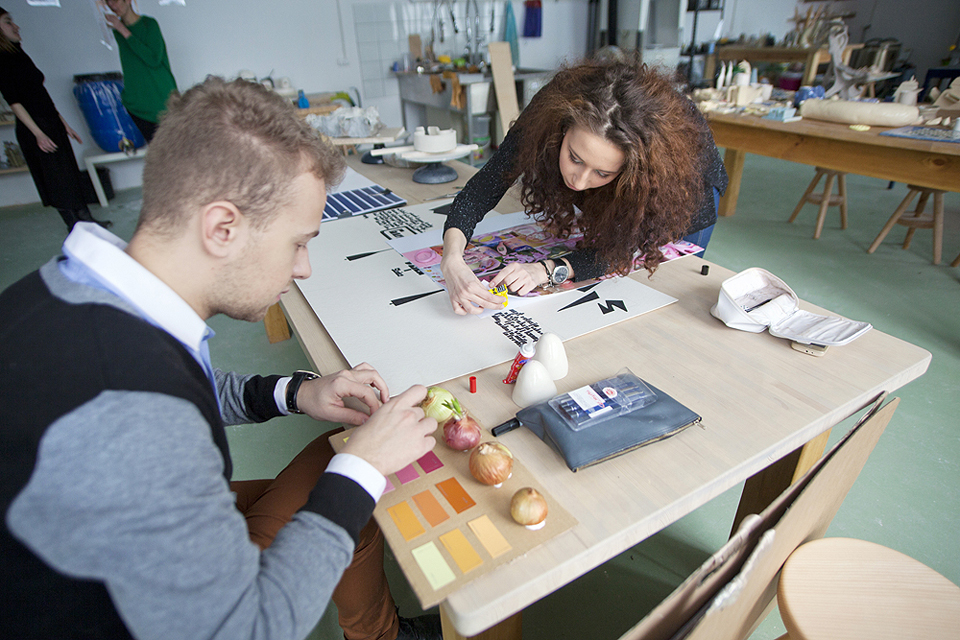
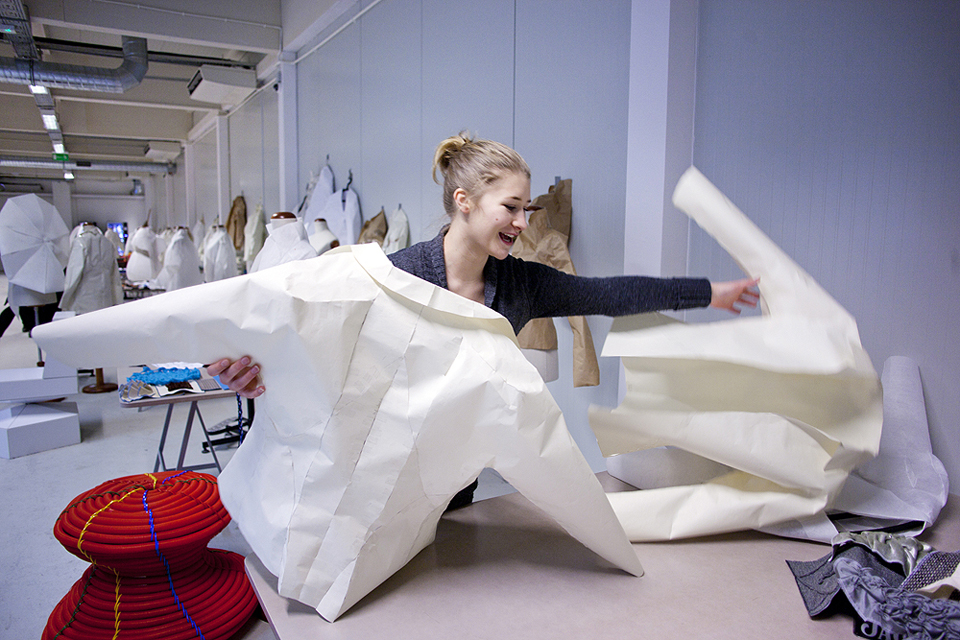
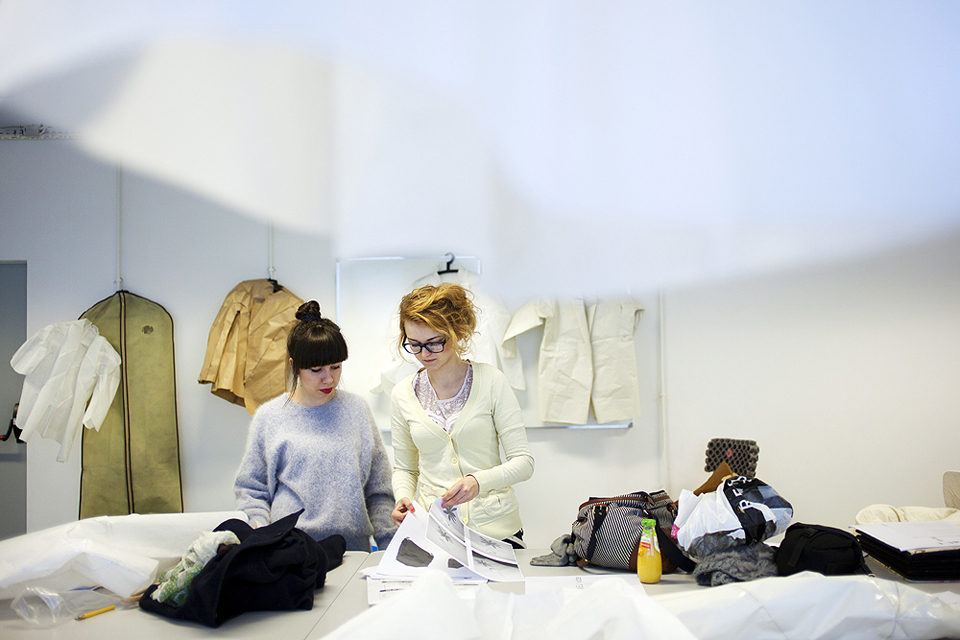
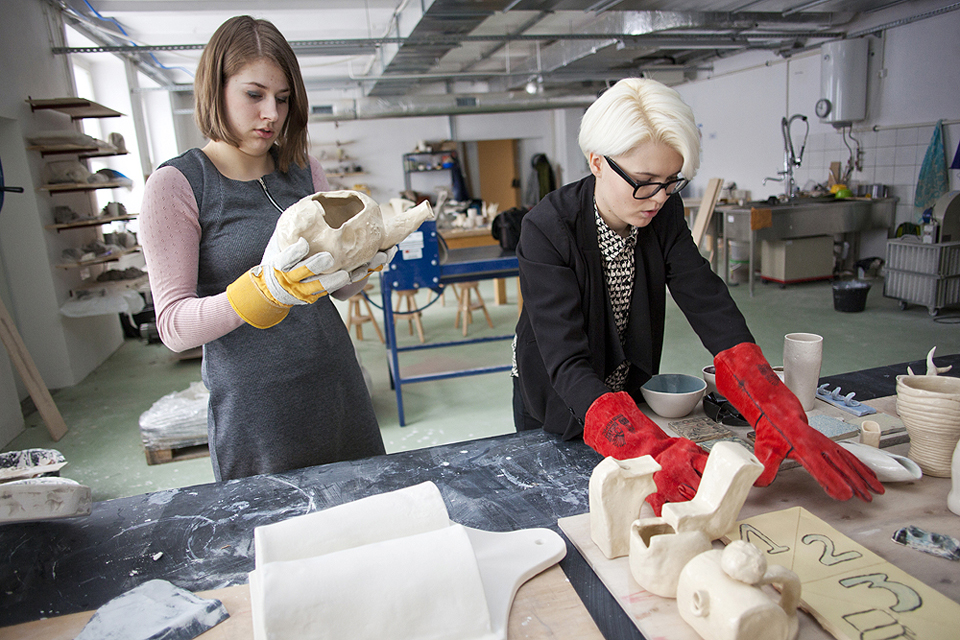
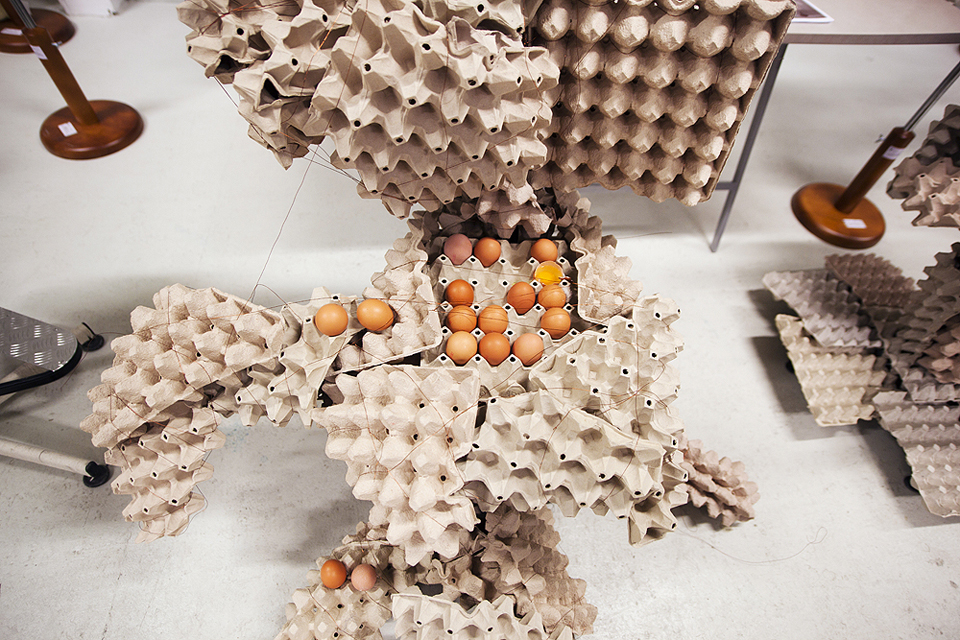
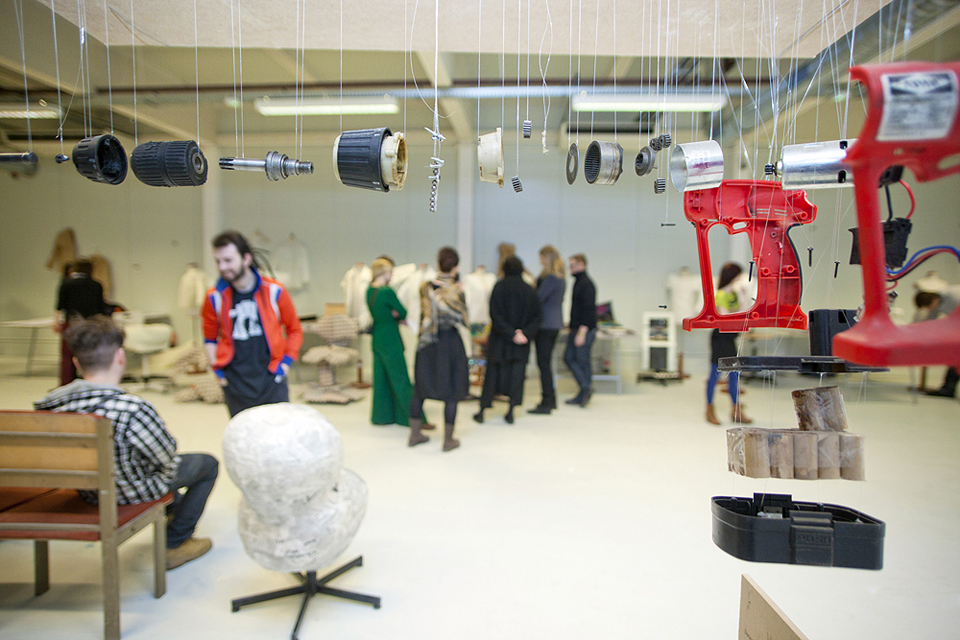
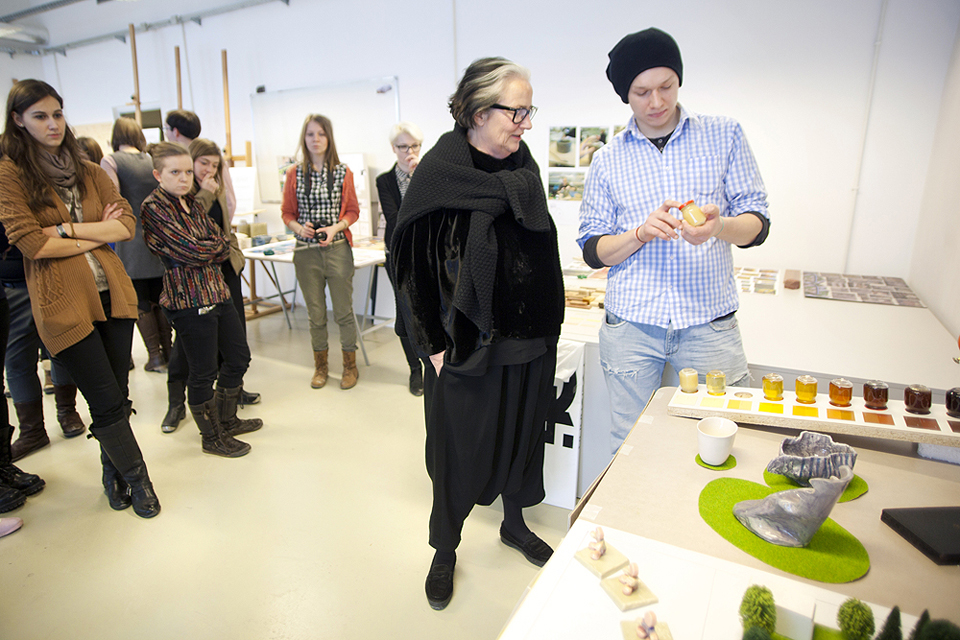
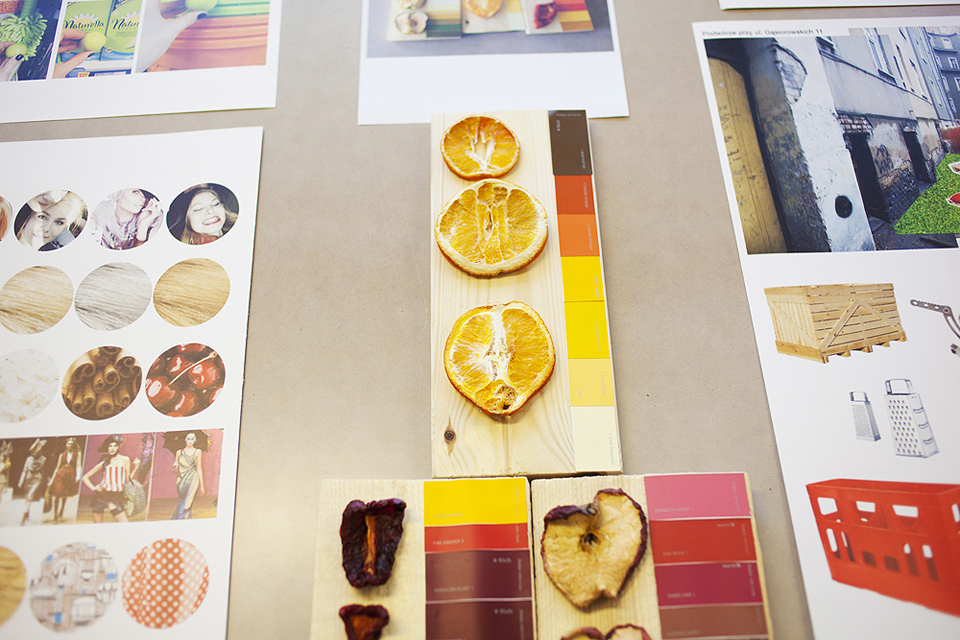
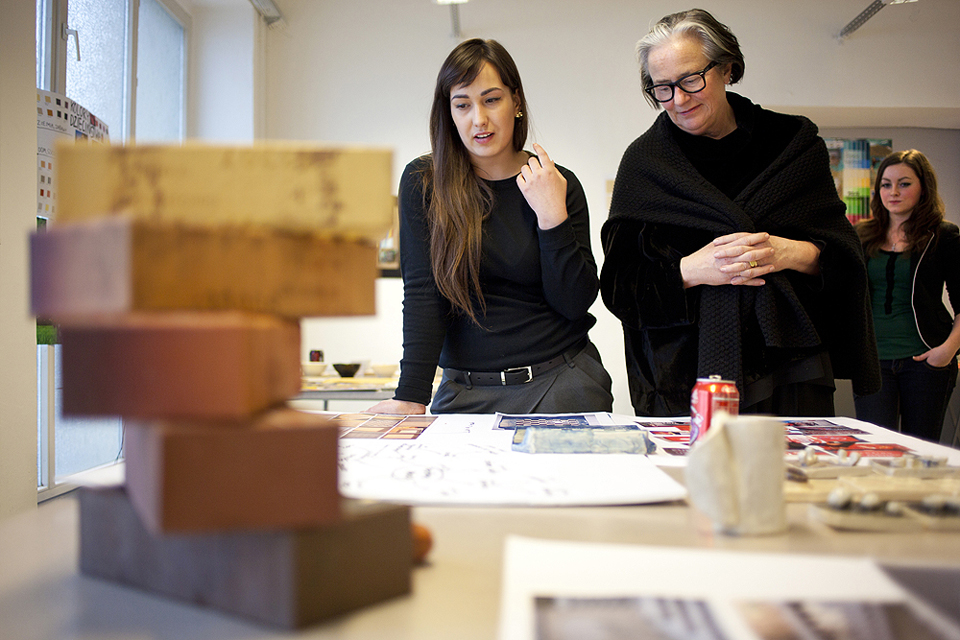
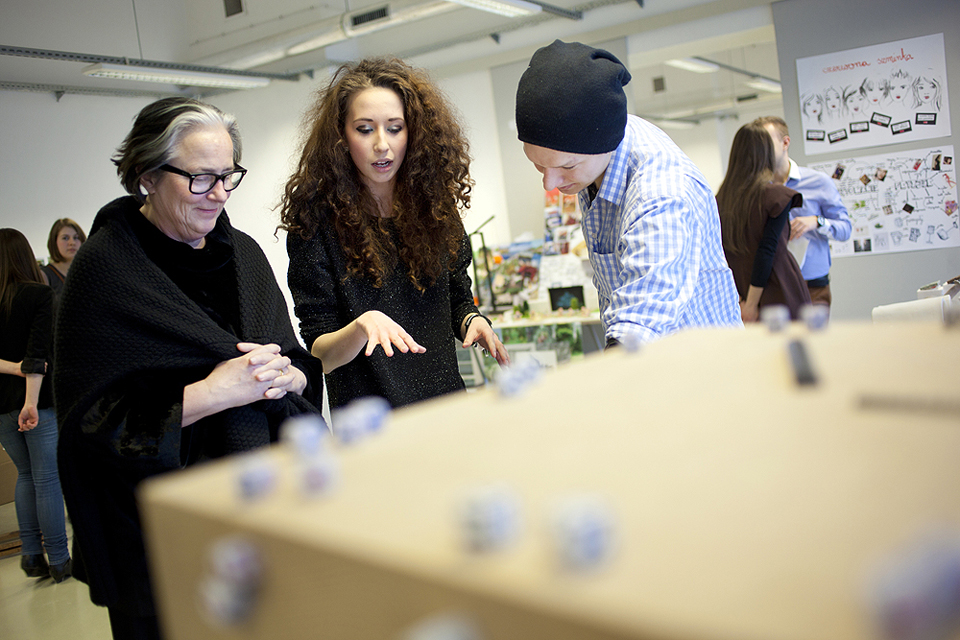
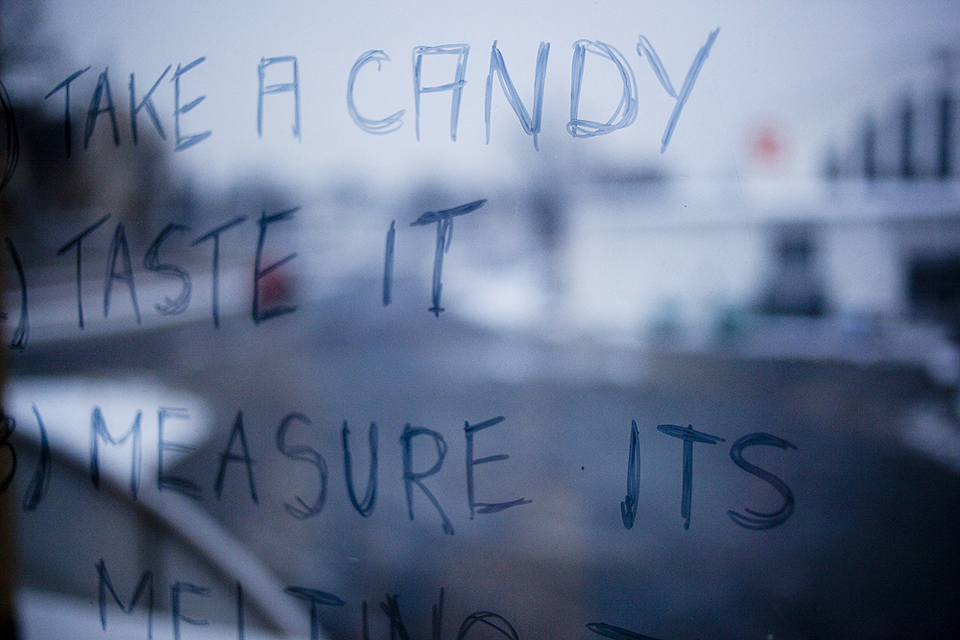
"chair cover designed for a cat"
A cute "cat chair" from Kamila Garczyńska student at the School of Form.
"mothers of invention" : the opening
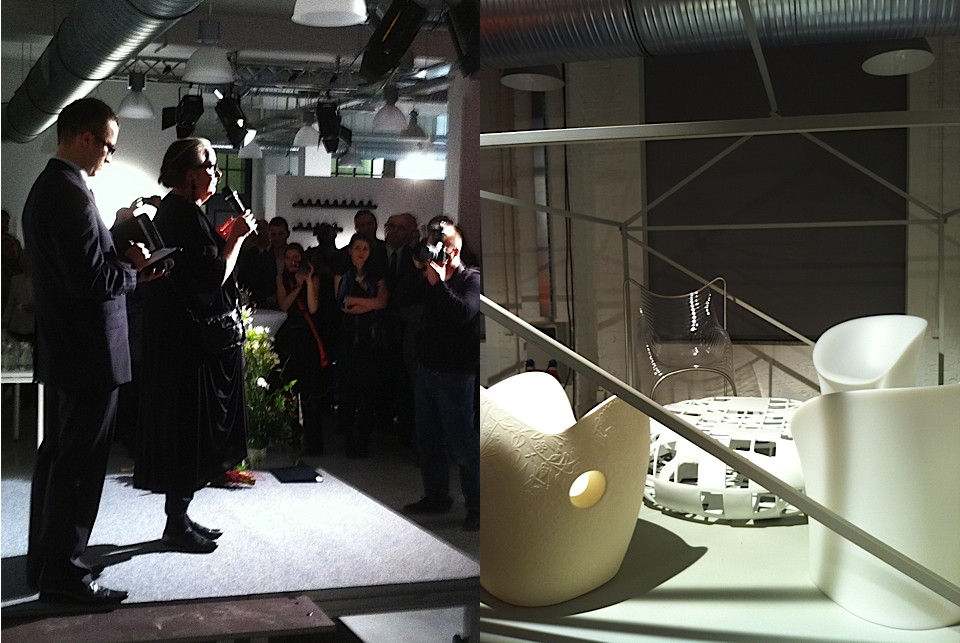 photo by philip fimmano
photo by philip fimmano photo by sergio machado
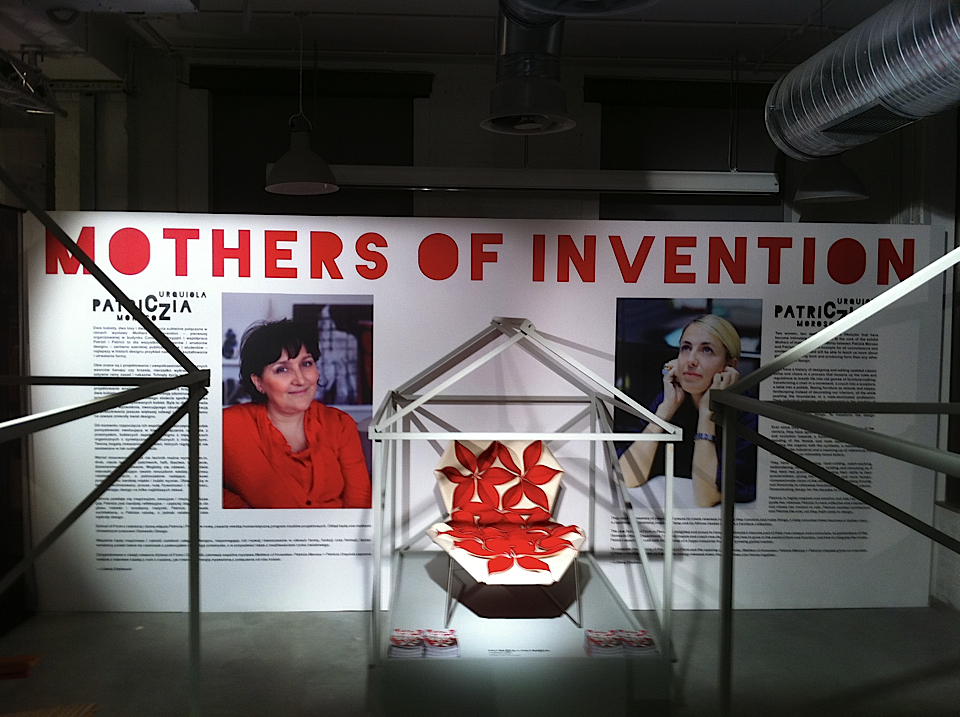
photo by sergio machado
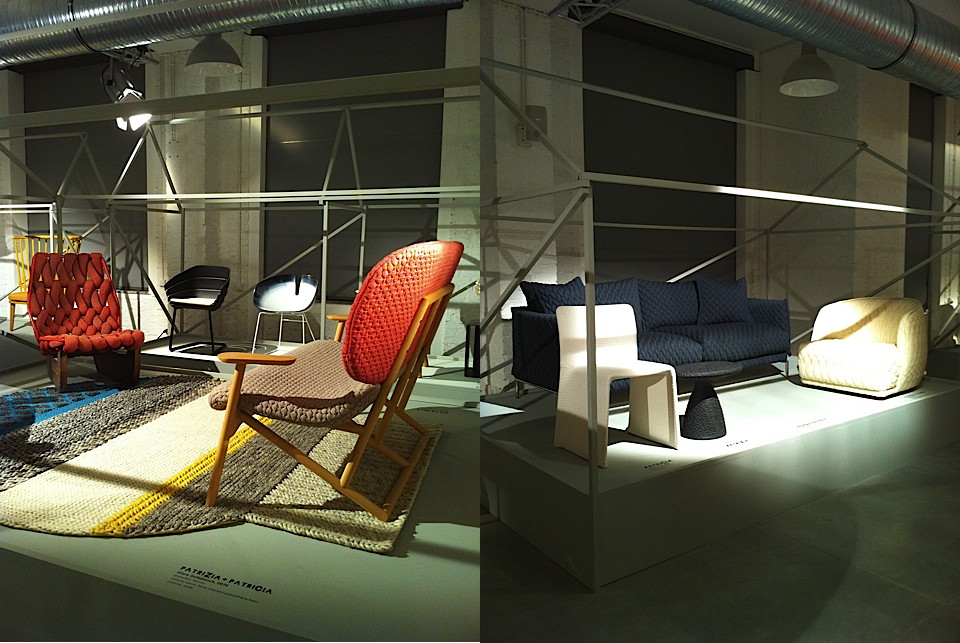
photos by philip fimmano
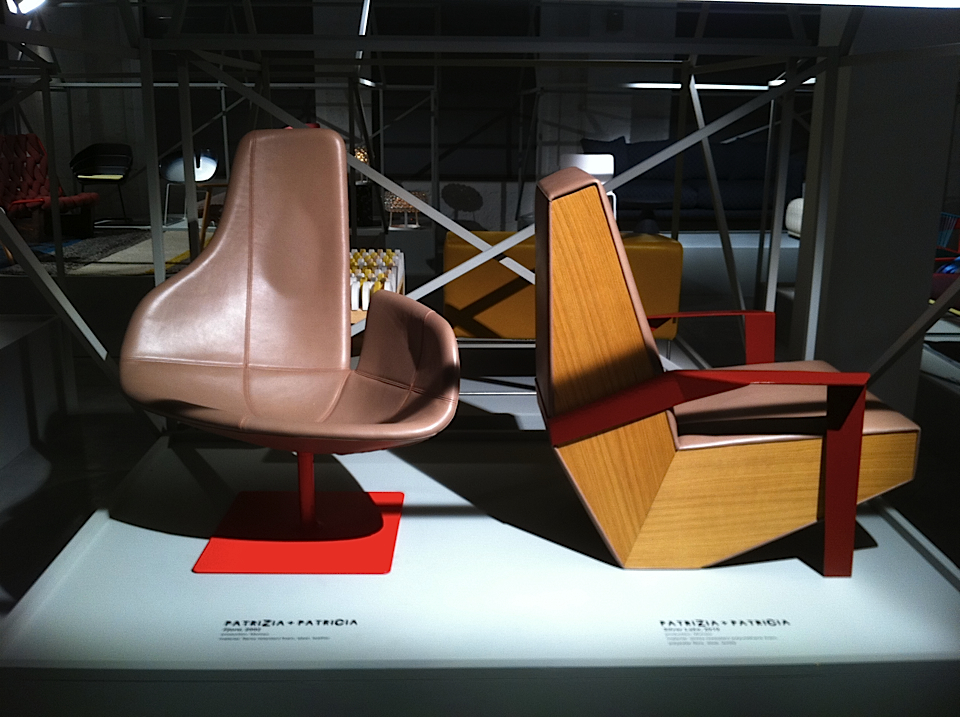
photo by sergio machado
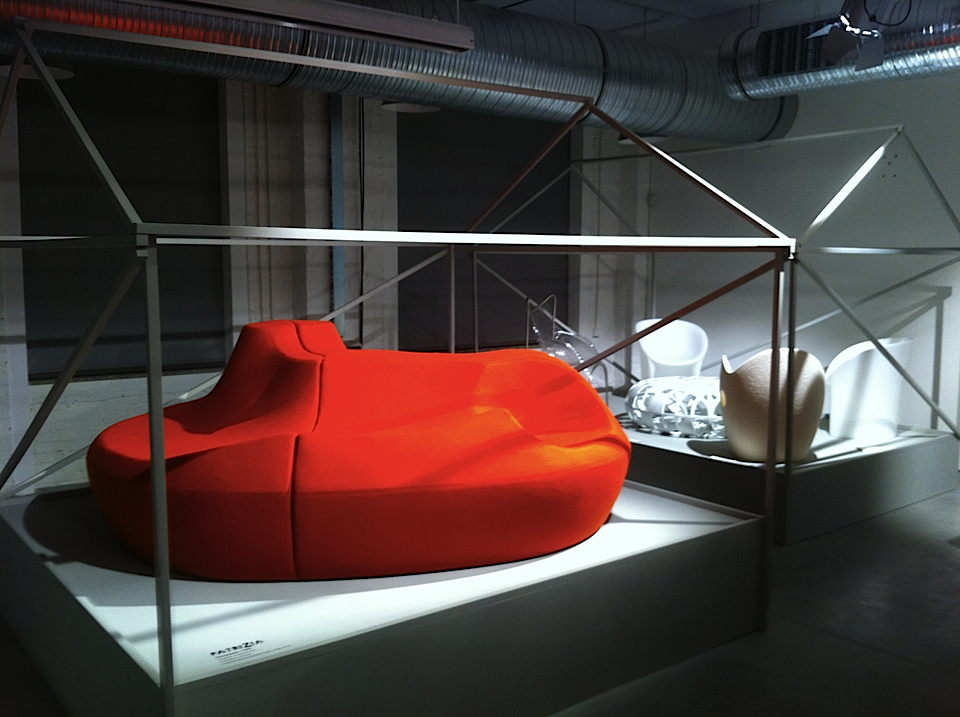
photo by sergio machado
mothers of invention

Lidewij edelkoort who is co-founder and creator of a unique curriculum which will imbed the design disciplines (industrial design, domestic design, fashion and textile design and communication design) within the humanities ( philosophy, anthropology, social studies and psychology). The School of Form will be managed by Dawid Wiener for the humanities and Agnieszka Jacobson as art director of design. Lidewij is delighted to have both Patriczia’s become part of their new campus and curriculum, as godmothers of the Domestic Design Department. They will inspire and coach new design talents how to grow in the world of form and function and how to integrate the innate Polish capacity for craft with the promise of a hyper-industrial future in a growing global market.
To celebrate the launch of the School of Form and the opening of Concordia, the new Design Centre of Poznan, this first joint exhibition of the Mothers of Invention: Patrizia Moroso + Patricia Urquiola, seeks to give an overview of their individual talent as well as the energy released when the two women join forces together.
To download the flyer on a high resolution just click here
To download the press images just click here
